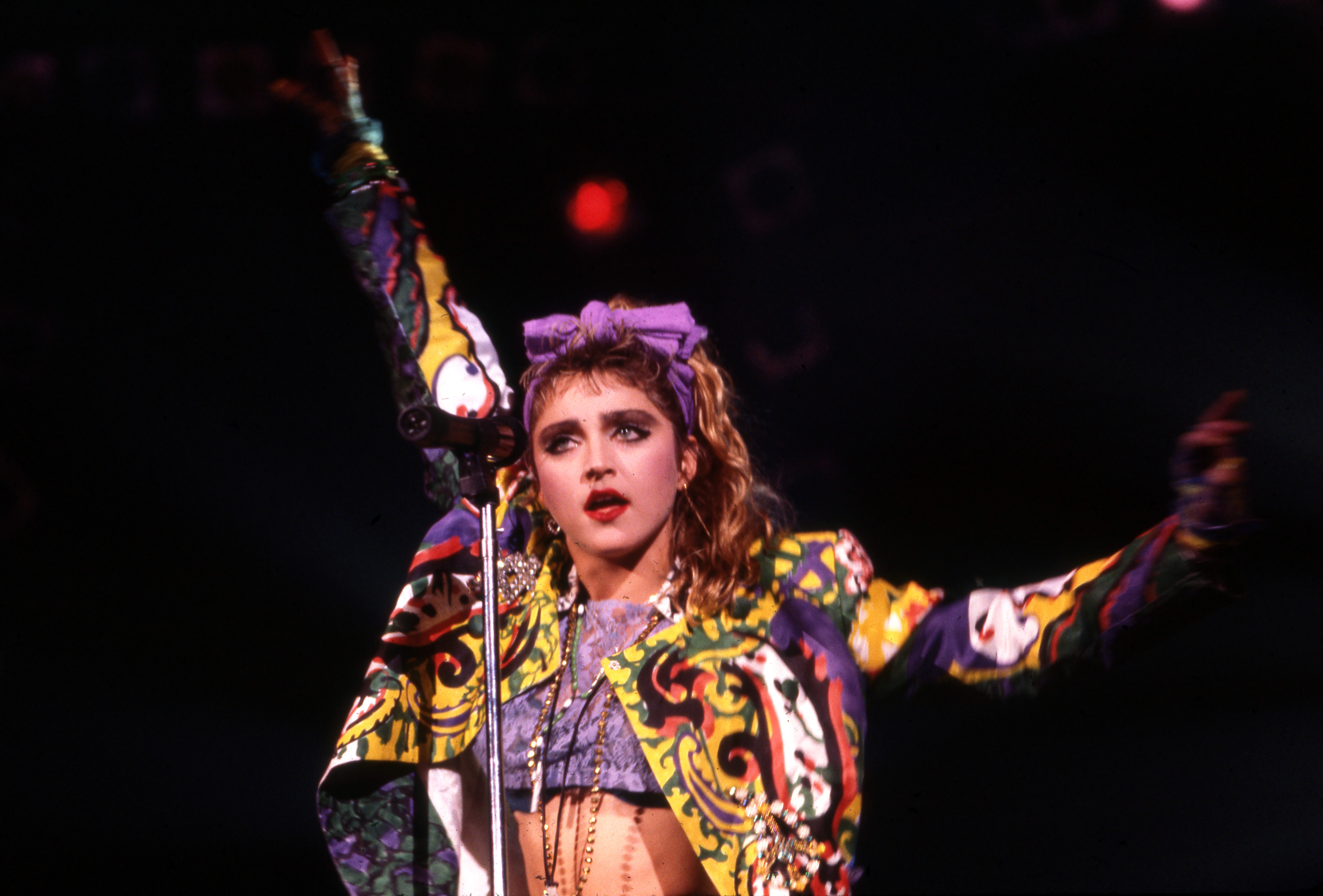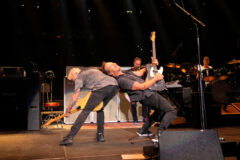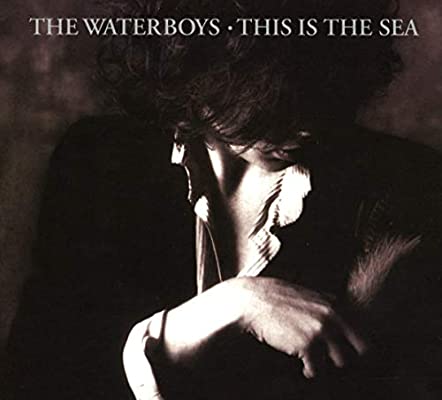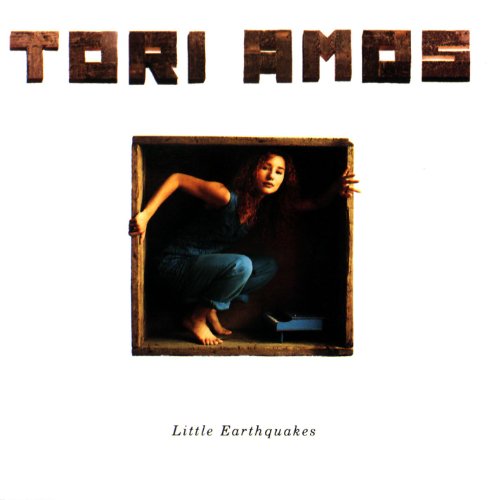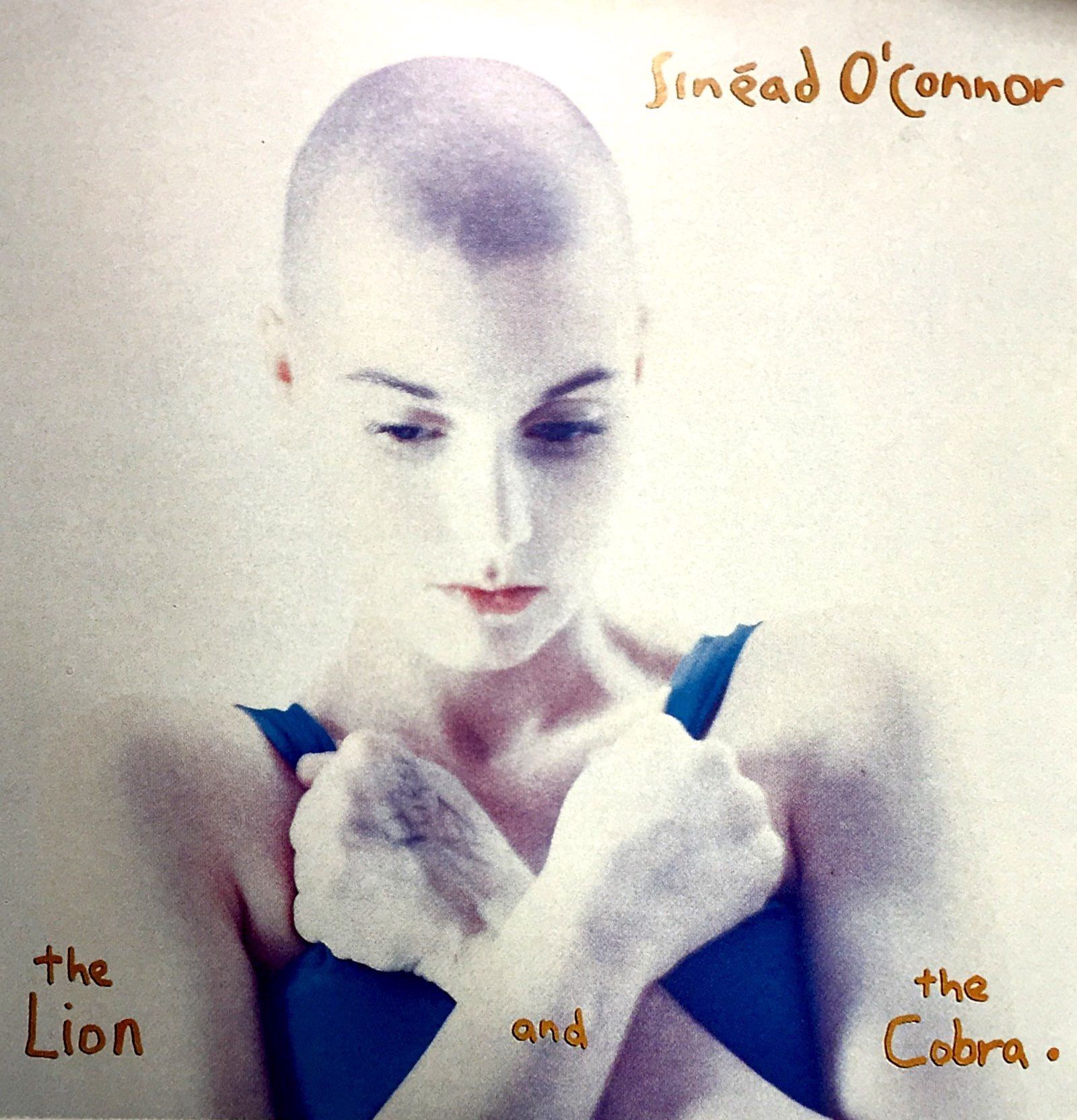Let’s face it: With most “Best Albums” lists, you know the broad strokes of the ranking before you even click.
Part of that predictability is understandable: Most iconic records earn their reputation. But these rankings shouldn’t be fossilized, and a shit-ton of amazing LPs have been shoved aside in the pursuit of maintaining the status quo.
We didn’t ignore the unimpeachable on our list — you’ll see plenty of the staples you’ve come to expect. But we also hope we’ll spark your curiosity and encourage you to hunt for a title you may have missed over the last 35 years.
35. Bruce Springsteen – Tunnel of Love (1987)
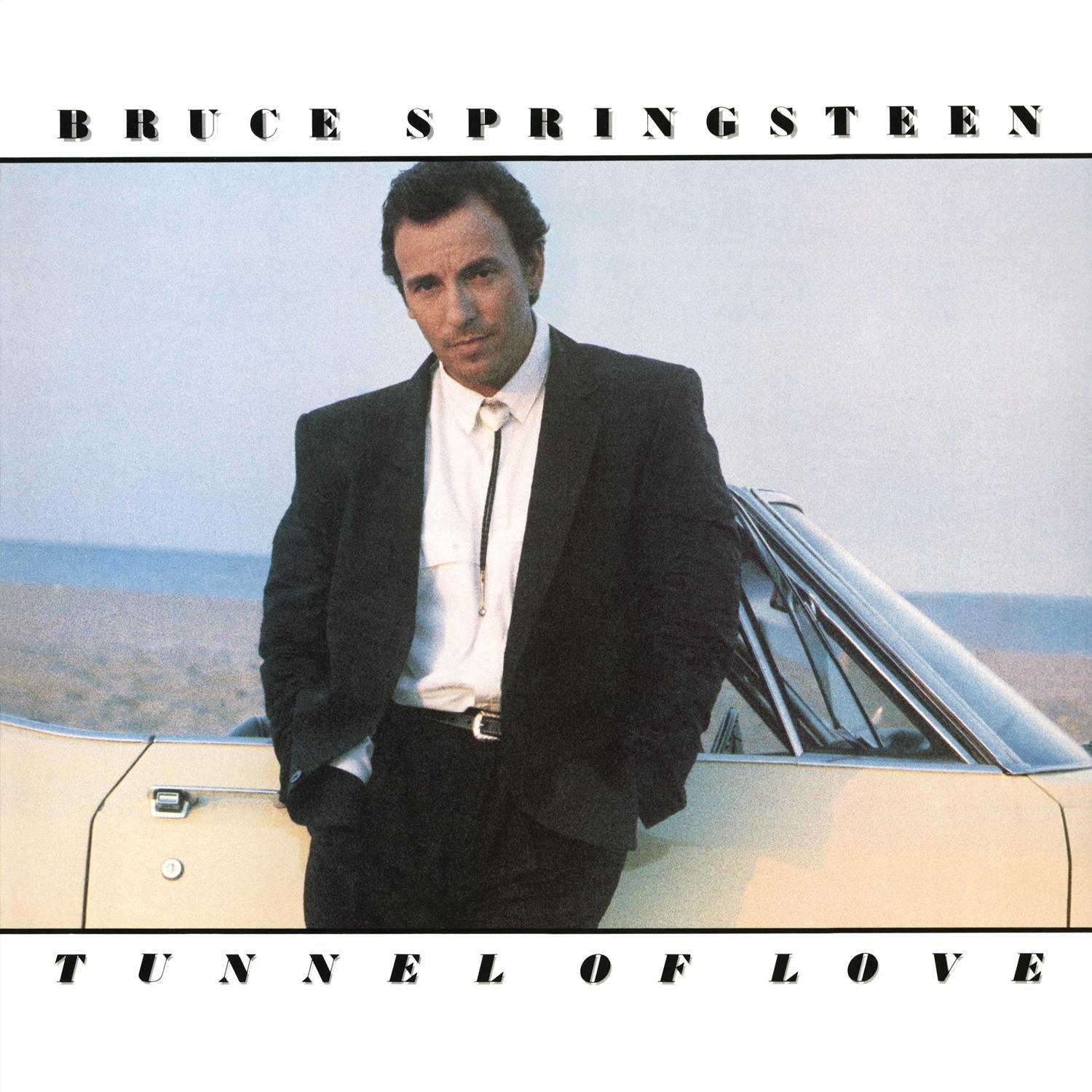
How does one follow up a rock album that recalibrates stadium sound systems and offers a stark look at hard times in America? With love songs, of course. Such a boss move by the Boss. Tunnel of Love — released three years after Born in the U.S.A. (and two years after getting married) — is more pop than rock, but it still hinges on the harshness of Springsteen’s classic rasp. He sings about the emotional roller coaster from being in love to figuring out how to find it. In the title track, he makes you second-guess if going through the tunnel of love is a drive worth taking. Even the cover art is a change from Springsteen’s rugged persona: He trades in his worn-in blue jeans and back-pocket red hat for a black suit and bolo tie. Love, it’s powerful. – Jason Stahl
34. The Mars Volta – De-Loused in the Comatorium (2003)
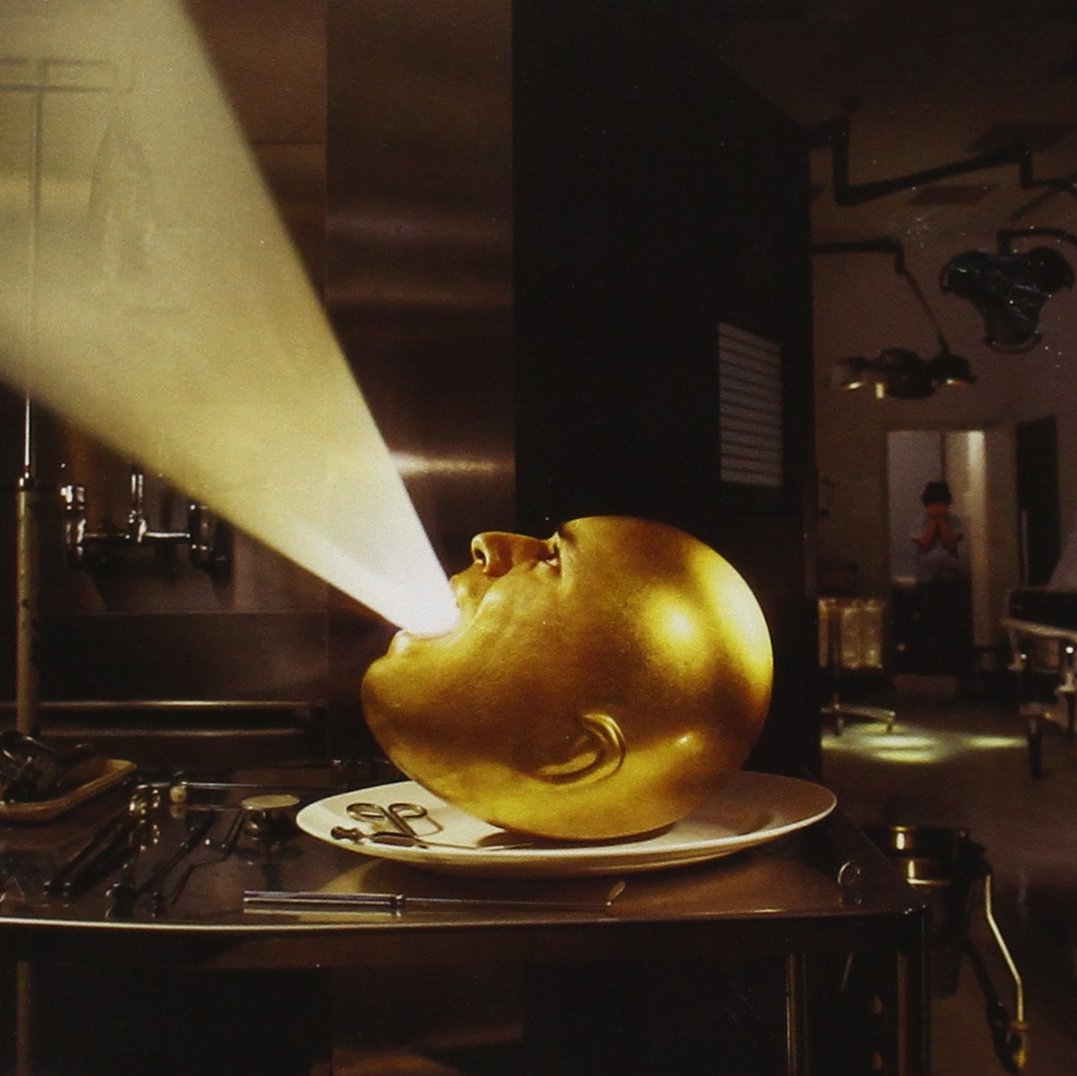
The true progressive rock of the post-classic era usually raises an eyebrow or pisses someone off — like guitarist-composer Omar Rodríguez-López and singer Cedric Bixler-Zavala accomplished with their head trip debut LP, De-Loused in the Comatorium, a twisted concept album more of feeling than linear story. The duo maintained the surrealist snarl of their previous post-hardcore act, At the Drive-In, while weaving in feral psychedelia, Latin groove and Zappa-like virtuosity. It’s the purest prog imaginable — no record before or since has sounded quite like it. – Ryan Reed
33. Sigur Ros – Ágætis byrjun (1999)
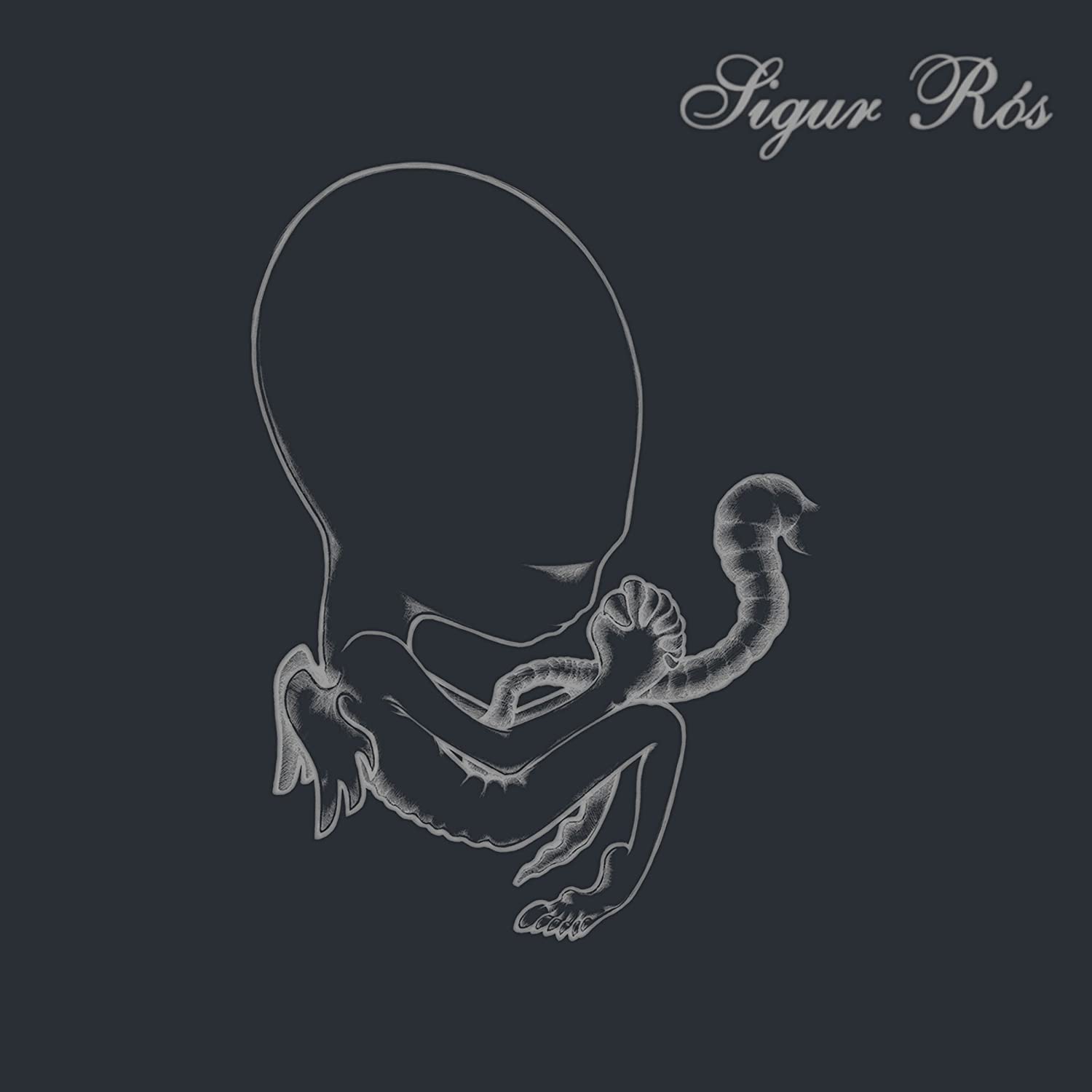
Iceland’s Sigur Rós made a seismic shift with Ágætis byrjun, evolving from the disjointed ambience of 1997’s Von into a fluid, grandiose collision of dream-pop (“Svefn-g-englar”), orchestral balladry (“Starálfur”) and twinkly post-rock (“Olsen Olsen,” the one full track here sung in a phonetic gibberish widely known as “Hopelandic.”) – R.R.
32. Guns N’ Roses – Appetite for Destruction (1987)
Guns N’ Roses’ deliciously grimy debut LP oozes hits like pus from a wound — and it sort of feels like an oozing wound, in the best way possible. Axl Rose’s nasal hooks are melodically infectious, but they also feel like they could infect you with a disease. Appetite for Destruction is one of the best-selling albums of all-time for a reason: The wicked riffs of “Welcome to the Jungle” and “Sweet Child o’ Mine” were built to demolish arenas, and they still get the goddamn job done. – R.R.
31. k.d. lang – Ingénue (1992)
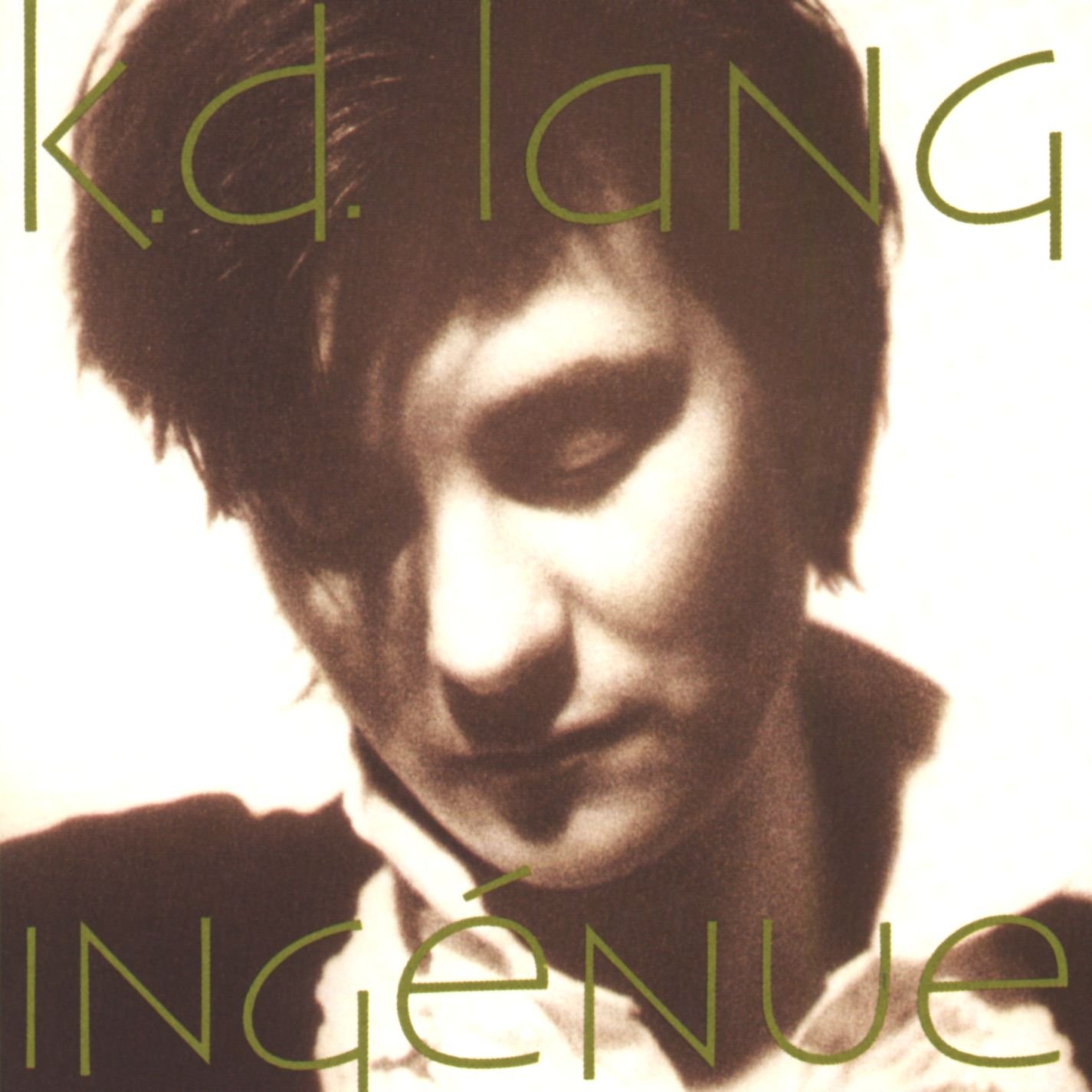
After chasing the spirit of classic country on her early albums, k.d. lang leaned into her artful side with the impressionistic Ingénue. Largely co-written with her longtime collaborator Ben Mink, the collection ambles into cabaret grace, using an array of lap-steel guitars, tuned percussion, strings, keyboards and accordions. Those expanded arrangements reframe her voice, which gleams like pure sunlight on the blissful “Save Me” and “Constant Craving.”
– R.R.
30. The Waterboys – This Is the Sea (1985)
For a while it seemed like the Irish folk rock group the Waterboys floated above all other bands. I’m not saying they were better than everyone else — they were better than most — but they somehow were less bound by gravity. Their sound was ethereal but still solid, they weren’t the Cocteau Twins for instance. This was their third album and band leader Mike Scott, then in his 20s, said it was the culmination of everything he wanted to achieve as a young musician. He wrote the anthemic and enduring “Whole of the Moon” to impress his then girlfriend, who asked him if songwriting was easy. “Yes it is!” he exclaimed, and, showing off, wrote the immortal lyric “I saw the crescent, you saw the whole of the moon” on the spot.
I think it’s one of the great songs of all time, and it’s not even the best song on the album — “This is the Sea” is even more stirring and beautiful and lifts you, weightless, into the sky with its simple guitar strum, string and wind instruments, and lyrics that must have sat Dylan down for a bit:
These things you keep,
You’d better throw them away.
You wanna turn your back
On your soulless days.
Once you were tethered
And now you are free.
Once you were tethered
Well now you are free.
That was the river,
This is the sea!
– Bob Guccione, Jr.
29. Kendrick Lamar – To Pimp a Butterfly (2015)
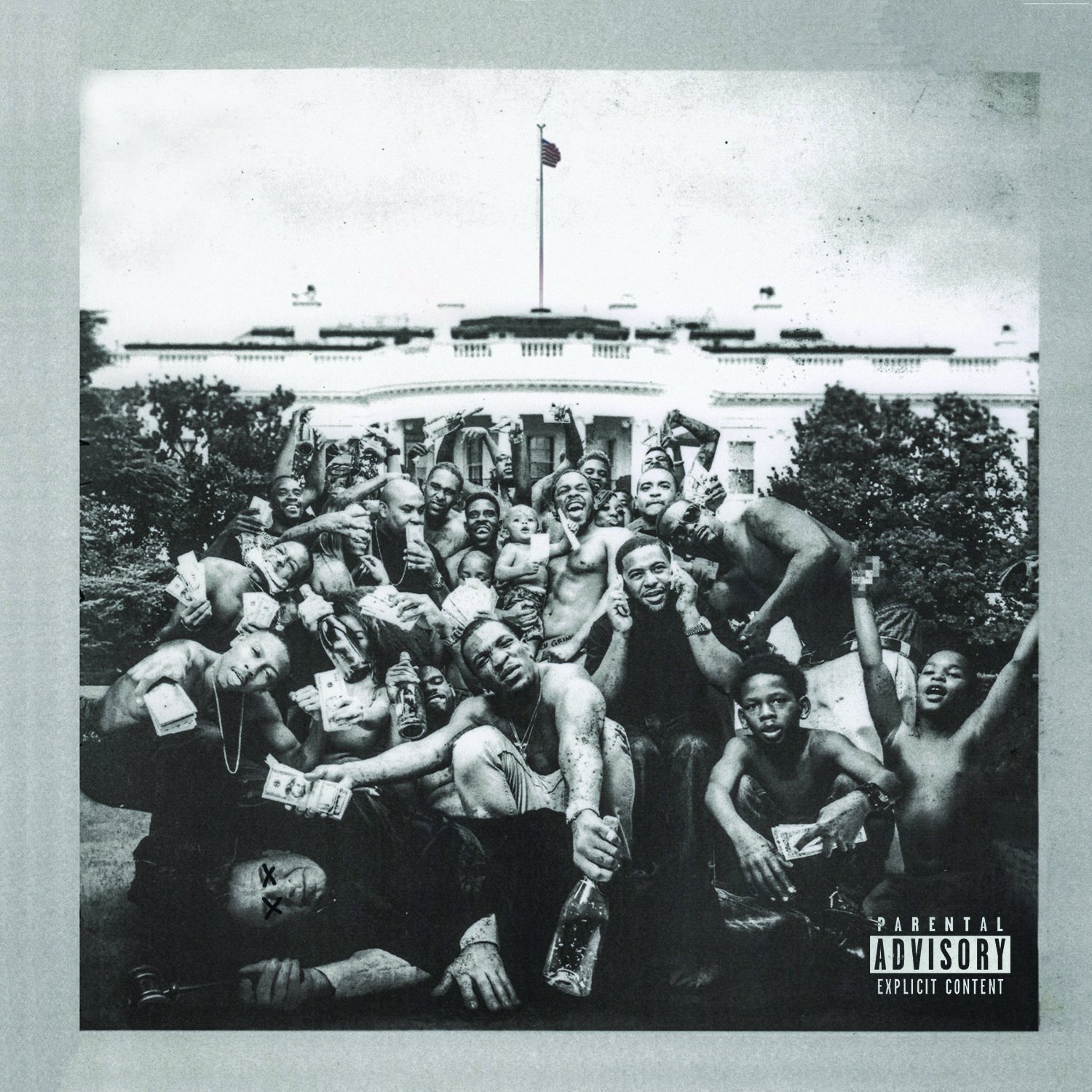
Kendrick Lamar wove together timely social commentary with his acclaimed third LP, exploring subjects like institutional racism and police brutality. He created a topical tapestry with a poem that traipses through all 16 songs, ending with the revelation that he’d read the words to late rap legend 2Pac, for whom the project was originally named. But the record — which earned 11 Grammy nominations in 2016, winning Best Rap Album — was also thrilling on a sonic level, with Lamar injecting jazz, spoken-word and vintage funk into his malleable sound. – Mary Elisabeth Gibson
28. Jeff Buckley – Grace (1994)
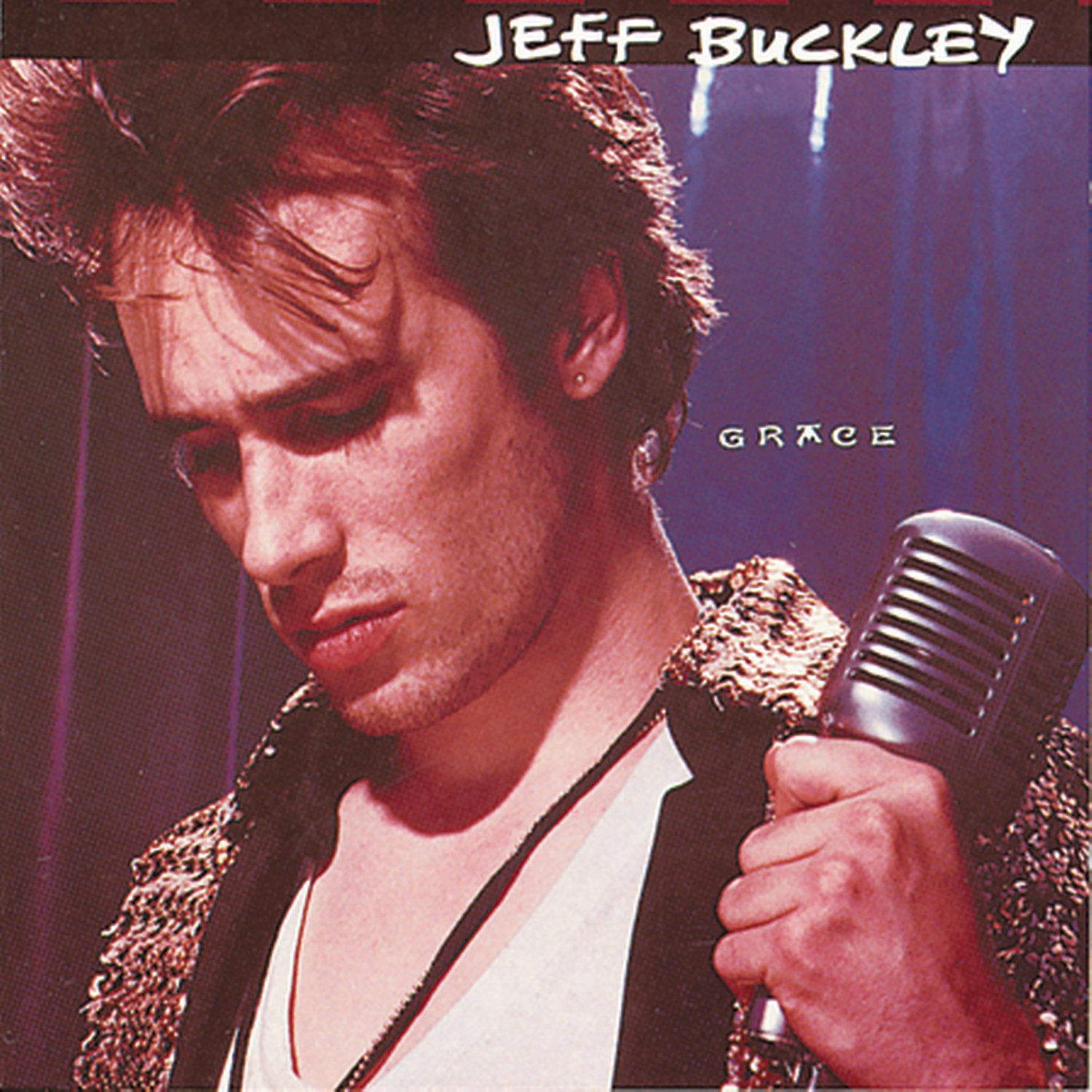
We should all be outraged that generic dramedies and police procedurals have turned Jeff Buckley’s godly rendition of “Hallelujah” into a soundtrack cliché. Luckily, that famed Leonard Cohen cover is only one-tenth the brilliance of Grace, the songwriter’s lone studio album. For one, people tend to forget that Buckley, a famed Led Zeppelin fan, liked to get loud: “Eternal Life” conjures that band if they lingered into the era of grunge and funk-metal. But his delicacy was equally devastating: It’s hard to believe a flesh-and-blood human being created the high falsetto that closes “Corpus Christi Carol,” a finger-strummed cover of that traditional hymn. – R.R.
27. Arcade Fire – Funeral (2004)
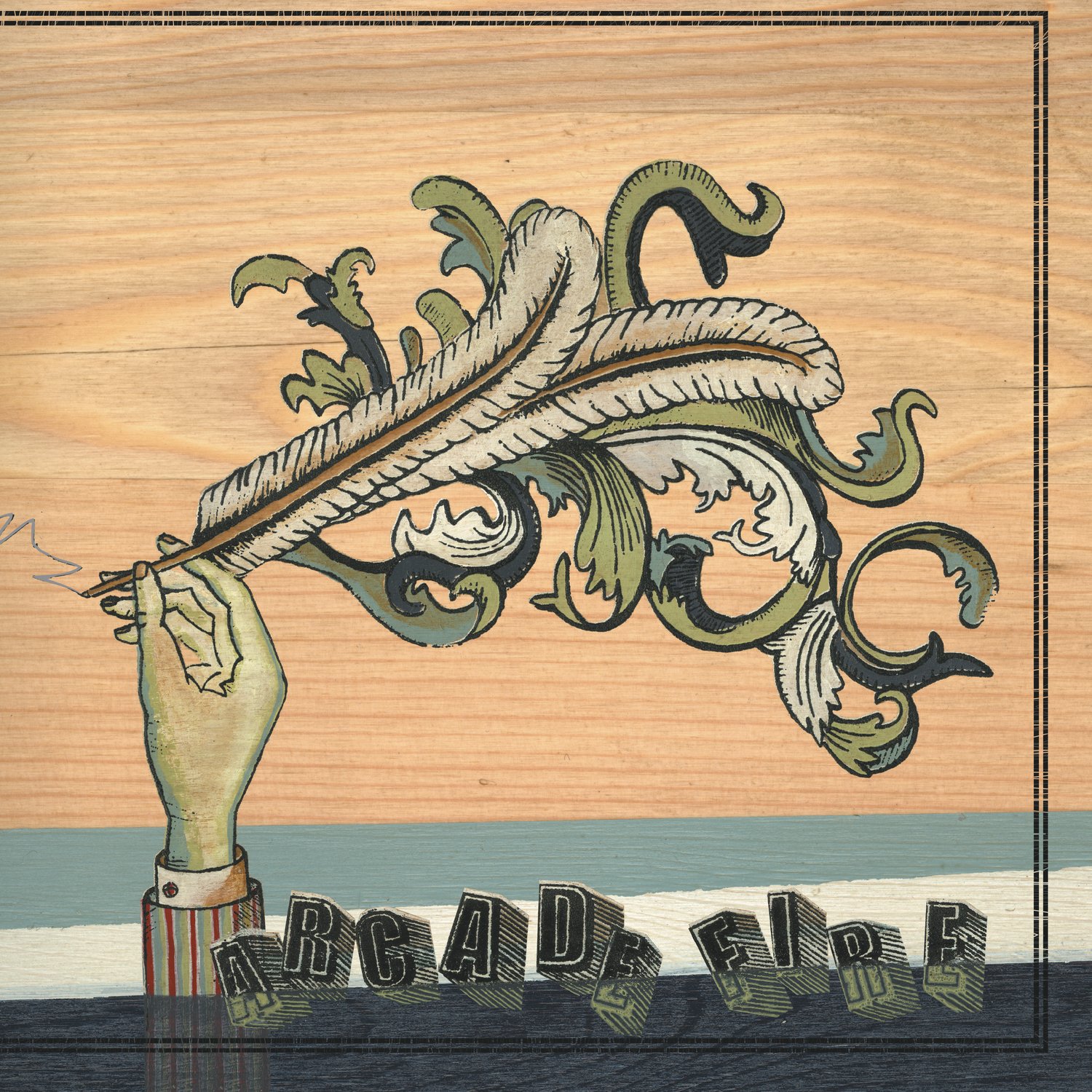
The first cut has it all: the raw nerve emotion in Win Butler’s vocal and lyric, the tasteful grandiosity in the arrangement. “Neighborhood #1 (Tunnels)” opens with a chiming piano and palm-muted slow-burn guitar before a ramshackle disco beat breaks the whole thing open — and so we go, dizzy from the glorious twists and turns. Just like Alexander, the “older brother” mentioned in “Neighborhood #2 (Laïka),” we “set off for a great adventure.” Arcade Fire grew even more ambitious after their debut, but all the magic and wonder of their music was there from the start. – R.R.
26. R.E.M. – Automatic for the People (1992)
Athens’ finest leapt into the cinematic with their eighth record, a mostly mid-tempo meditation on melancholy themes. Sure, tracks like the motormouthed “The Sidewinder Sleeps Tonite” and cowbell-pulsed “Ignoreland” are nominally rock. But Automatic for the People feels most alive in its somber acoustic spaces, like the piano ballad “Nightswimming” and folky waltz “Try Not to Breathe.” Sadness rarely sounds so comforting. – R.R.
25. Modest Mouse – The Moon & Antarctica (2000)
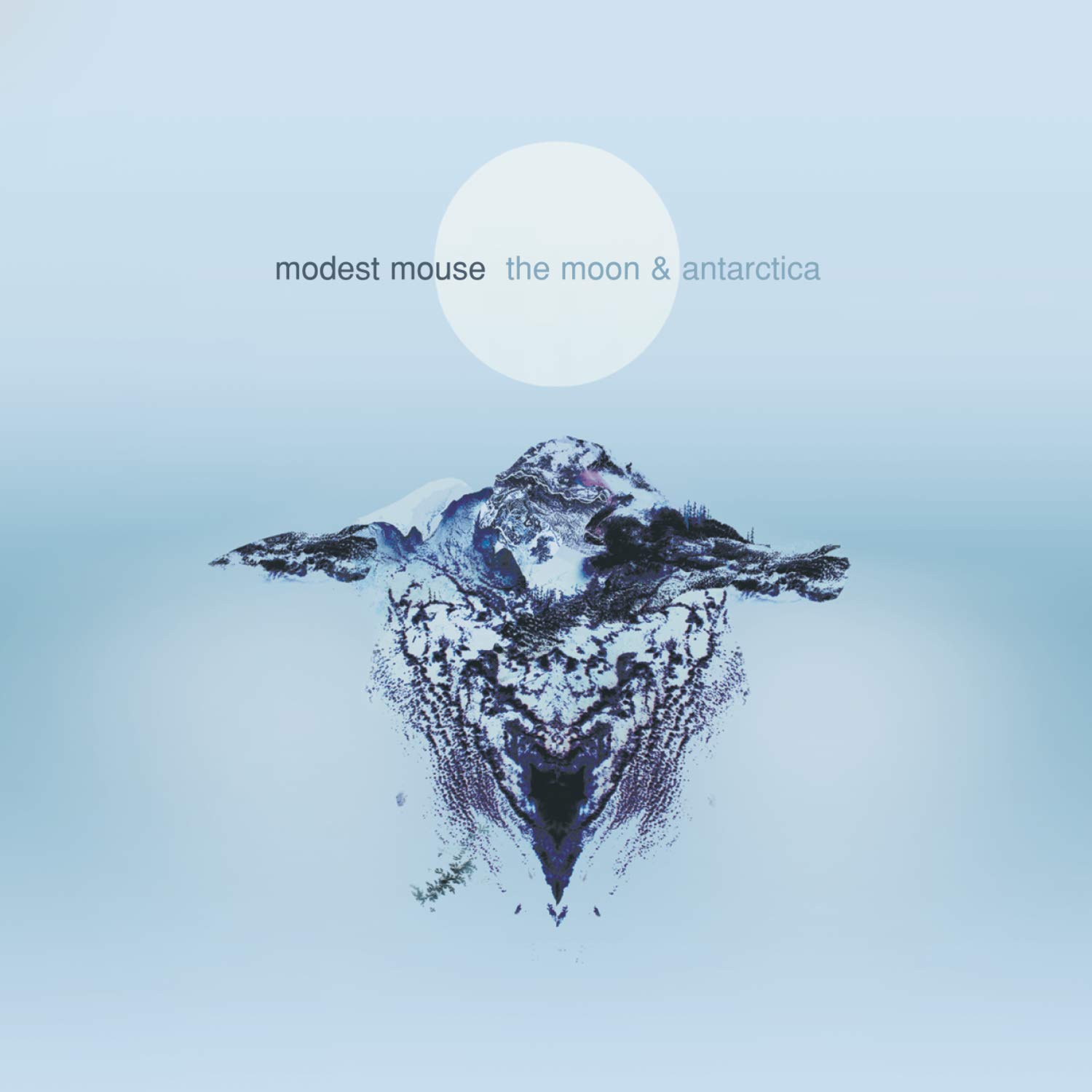
Modest Mouse signed to a major label, Epic, for their third LP. But instead of aiming for radio, the trio targeted outer space: The Moon & Antarctica is their psychedelic epic, the indie-rock Dark Side of the Moon — pairing Isaac Brock’s philosophical musings with layered electric guitars that seems to contain the universe. – R.R.
24. OutKast – Stankonia (2000)
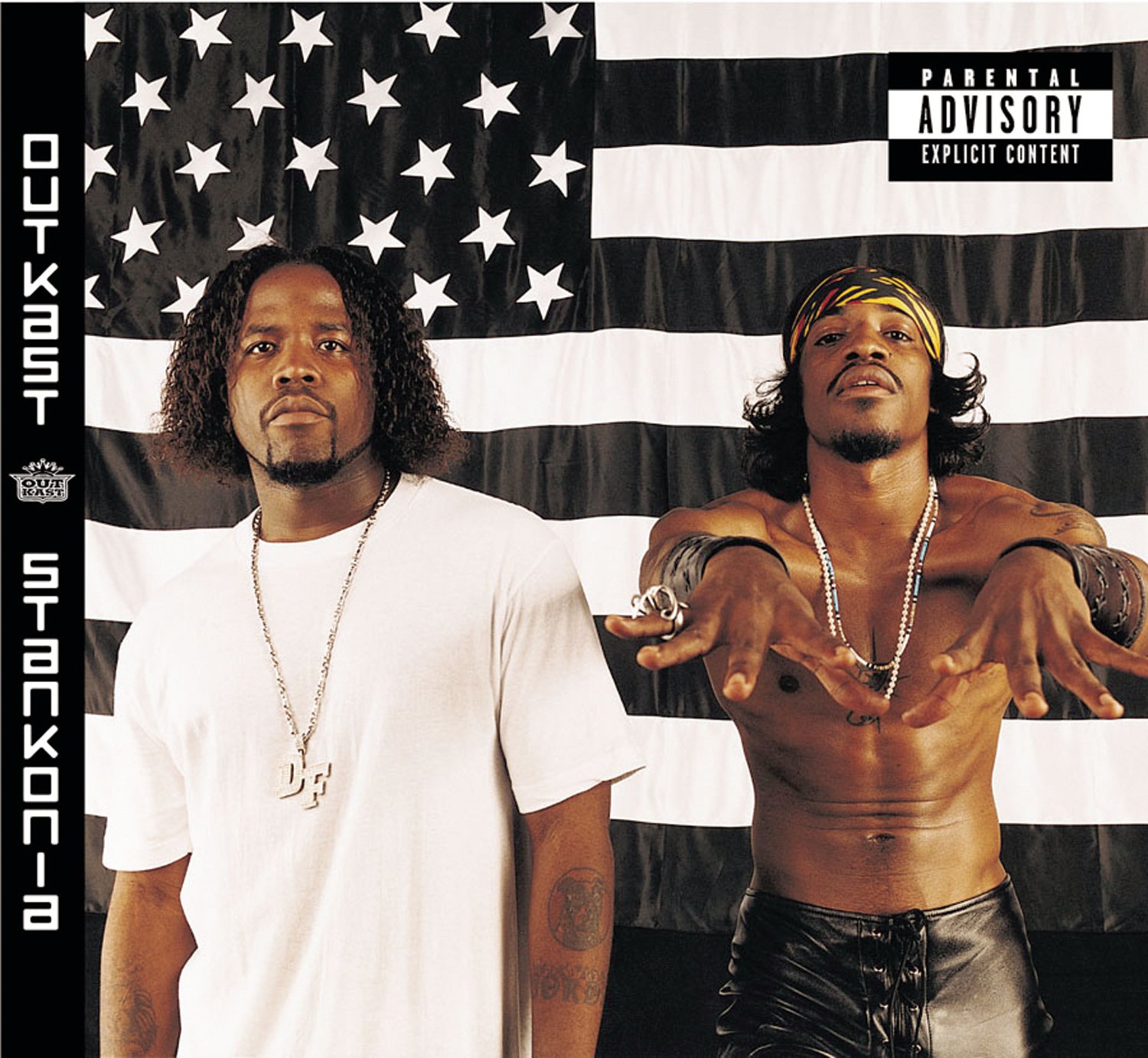
OutKast demolished any sense of genre boundary on their maximalist fourth LP, mingling Dirty South rhymes with smooth R&B-funk choruses (“Ms. Jackson,” “So Fresh, So Clean”) and euphoric beat-psychedelia. Working primarily with co-writer/co-producer David Sheets (Mr. DJ), Big Boi and André 3000 exponentially amplified the yin-yang balance they achieved on 1998’s Aquemini: “B.O.B.” is the pinnacle, contrasting the former’s effortless cool with the latter’s hyper freakiness. – R.R.
23. Enya – Watermark (1987)
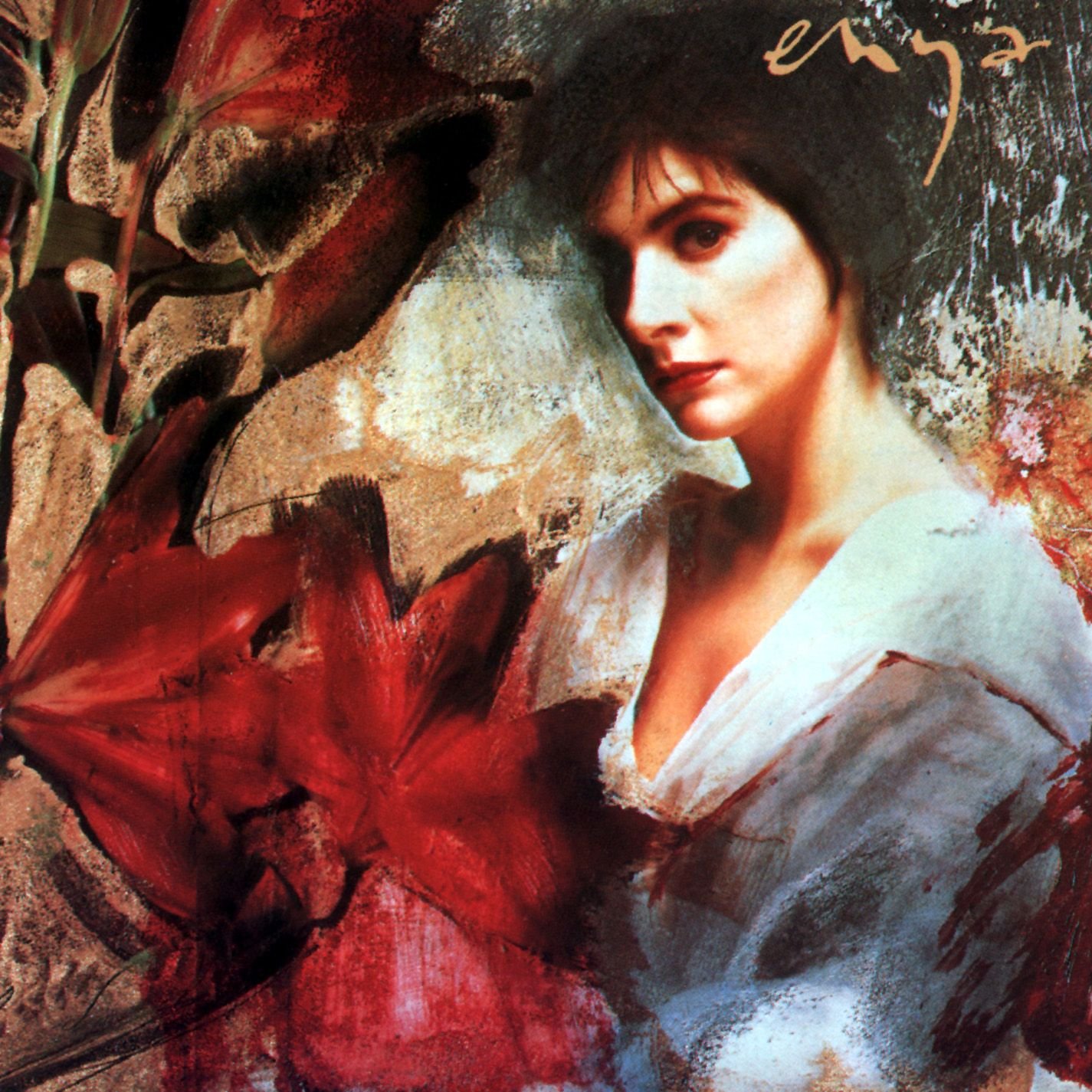
The Irish singer’s second LP was an unexpected U.K. and U.S. hit, anchored by the wave-swept regality of “Orinoco Flow” — the catchiest song ever associated (accurately or not) with the New Age genre. But with Enya’s lavishly overdubbed voices and atmospheric keys, Watermark is much more than that famous “Sail Away” chorus. – R.R.
22. Sufjan Stevens – Illinois (2005)
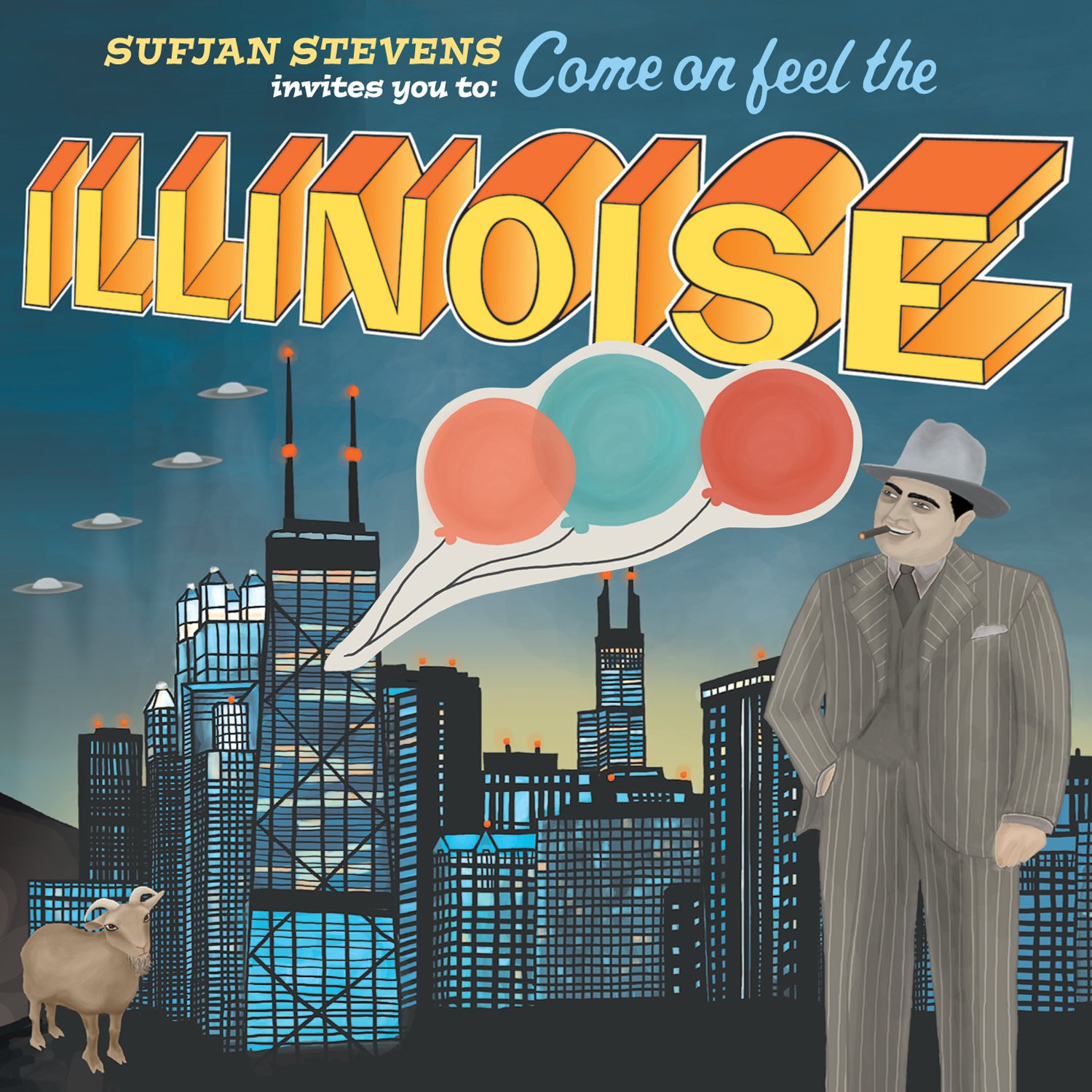
Sufjan Stevens once (perhaps facetiously) pledged to record an album inspired by the characters and landmarks of all 50 U.S. states. He only recorded two, and he really only needed one: Illinois is a serpentine symphony of heartbreaking folk balladry (“John Wayne Gary, Jr.”), carnivalesque prog-pop (“Come On! Feel the Illinoise!”) and orchestral ambience — a nation of ideas unto itself. – R.R.
21. Eminem – The Marshall Mathers LP (2000)
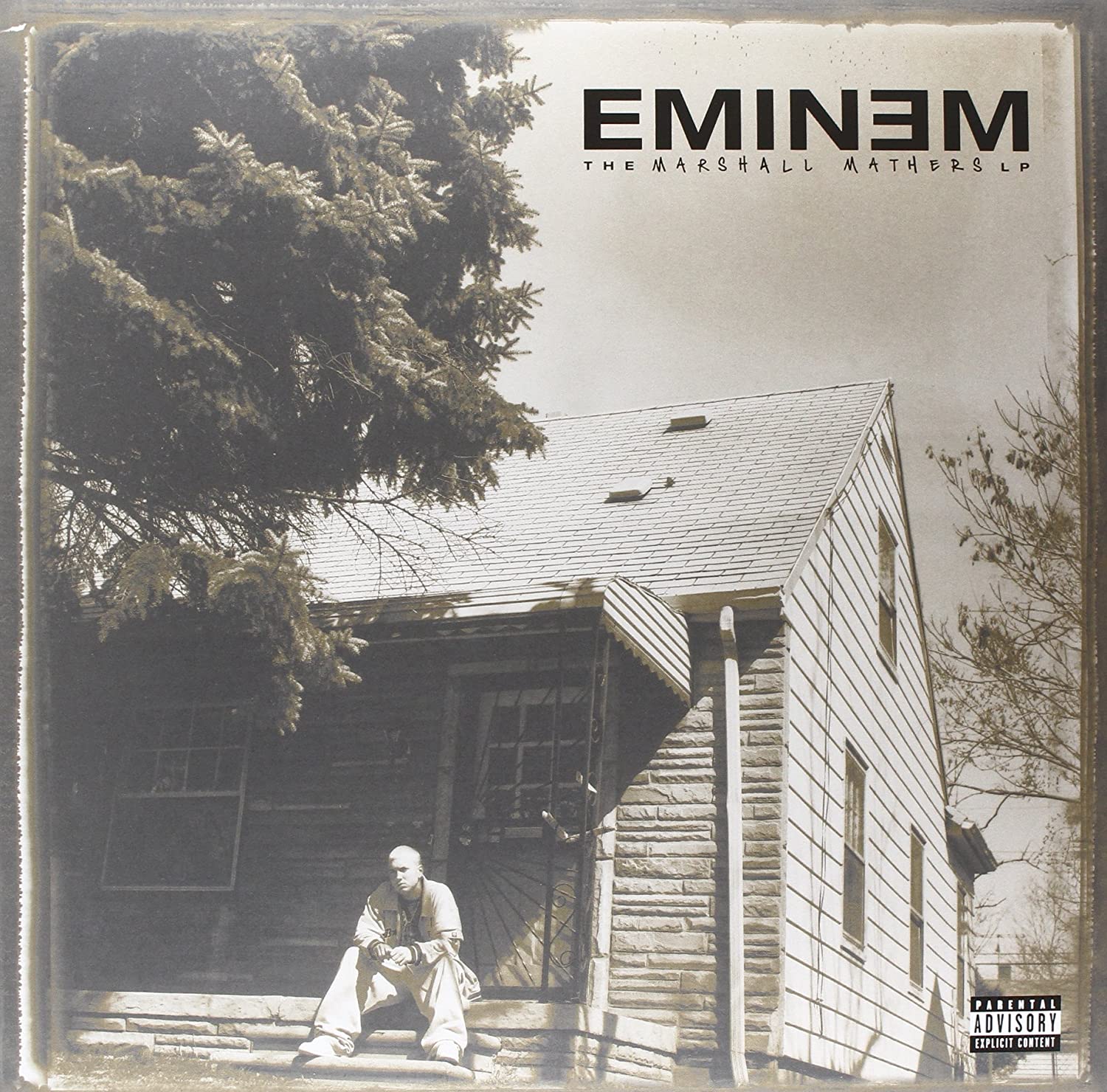
“May I have your attention, please? Will the real Slim Shady please stand up?” Eminem’s darker alter-ego certainly did on his second album, which amplified the “horrorcore” shock value of his 1999 debut. The Marshall Mathers LP drew controversy for lyrics widely deemed misogynistic and homophobic. But Eminem charmed hip-hop fans with his rapid-fire rhythmic prowess, topping the Billboard 200 and winning a Grammy for Best Rap Album. Juxtaposing the vivid with the unsettling helps make The Marshall Mathers LP one of the greatest albums of all time. – M.G.
20. John Mellencamp – The Lonesome Jubilee (1987)
This was Mellencamp’s ninth record, the one following his breakout success Scarecrow, and the first under his real name — without fanfare he finally exorcised the “Cougar” that had karmically been a drag on his career up until this point. And that uncoupling was appropriate because this record was a revelation — a departure from not only his sound, but any rock ‘n roll record at the time. It was fresh and exciting and gave as much a sense of a place as anything Springsteen achieved.
The sound was created by merging conventional rock with Appalachian string instruments, which Indiana-moored Mellencamp grew up on and appreciated for their melancholy and exuberance, like the hammered dulcimer, steel guitar, banjo and accordion, plus the gorgeous violin playing of Lisa Germano, who made the instrument’s sound spiral into the sky like a Roman Candle. The songs were narratives of small town reality, of him getting his ass kicked for stepping out of line on “Cherry Bomb,” and one day suddenly realizing you’ve grown up:
17 has turned 35
I’m surprised that we’re still livin’
If we’ve done any wrong
I hope that we’re forgiven
“Paper in Fire”, the album’s first single and a big hit for him, was partly inspired by the Bible (“For a fool’s compliment is as quickly gone as paper in fire, and it is silly to be impressed by it,” from Ecclesiastes, since you asked) and partly by the Steve McQueen movie Hud, where the lyric “we keep no check on our appetites” comes from. The Bible and a Steve McQueen movie as muses — that neatly sums up the wide peripheral musical vision of John Mellencamp. “Rooty Toot Toot” was a nursery rhyme he made up for his daughter, which one of his musicians suggested might make an uplifting song. And it did. – BGJ
19 Radiohead – Kid A (2000)
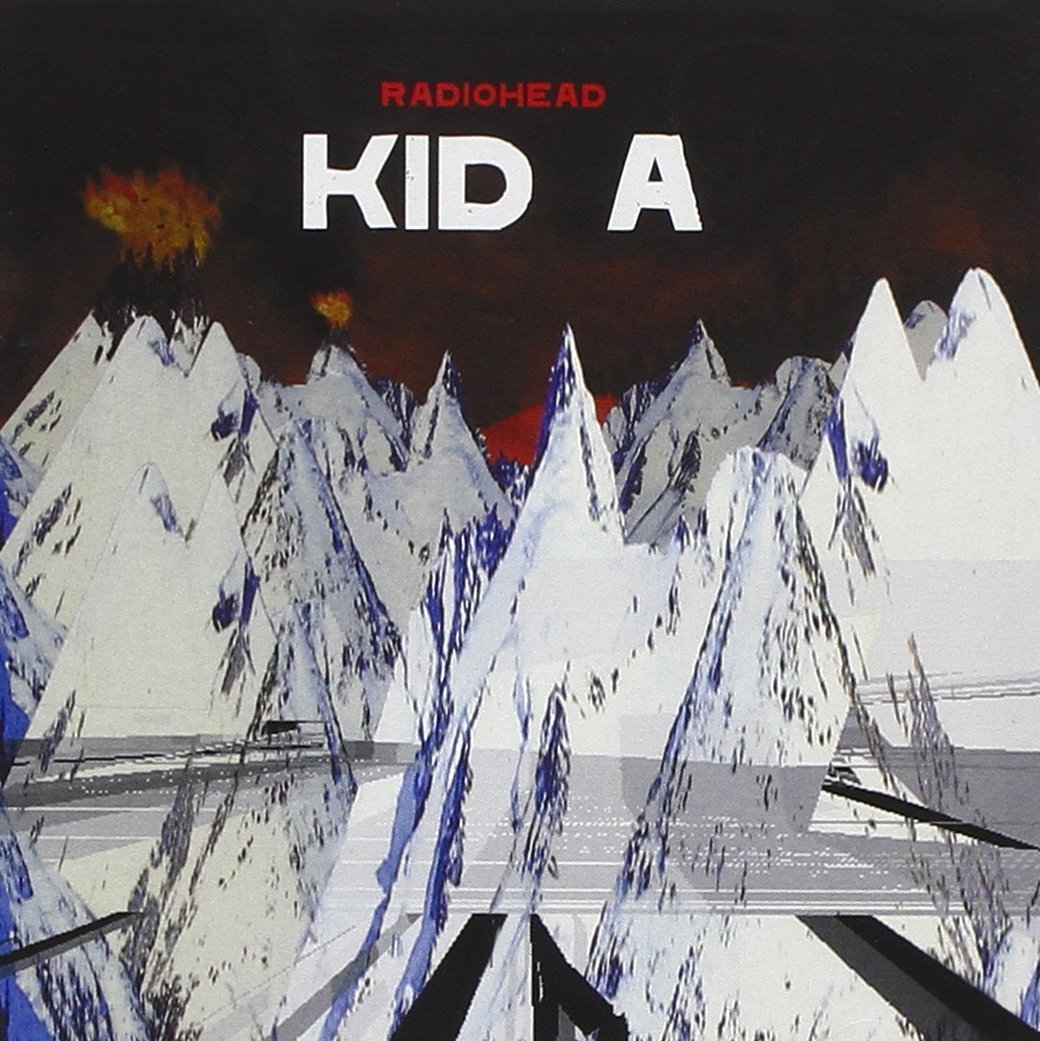
I’ll never forget my first listen of Kid A — mostly because it felt like mourning. After driving 30 minutes to buy the CD from Sam Goody, I unwrapped the plastic and plopped the disc into the car stereo — only to hear a fuzzy electric piano, thumping digital kick and Thom Yorke’s squashed, disorienting voice. “What the fuck is this?” I asked myself, expecting the triple-guitar sprawl of their previous LP, OK Computer. By the time I reached my driveway, I’d hurled the case on the backseat in disgust. By the end of the night, I was converted. Radiohead’s fourth record is electronic, sure: the title-track’s digital pulse, the crackling programmed insanity of “Idioteque.” But it’s also more adventurous than the billing implies, drawing on krautrock, jazz and eerie orchestration. It challenged Radiohead fans — and Radiohead themselves — as it kicked open doors we all assumed would stay shut. – R.R.
18. Pearl Jam – Vs. (1993)
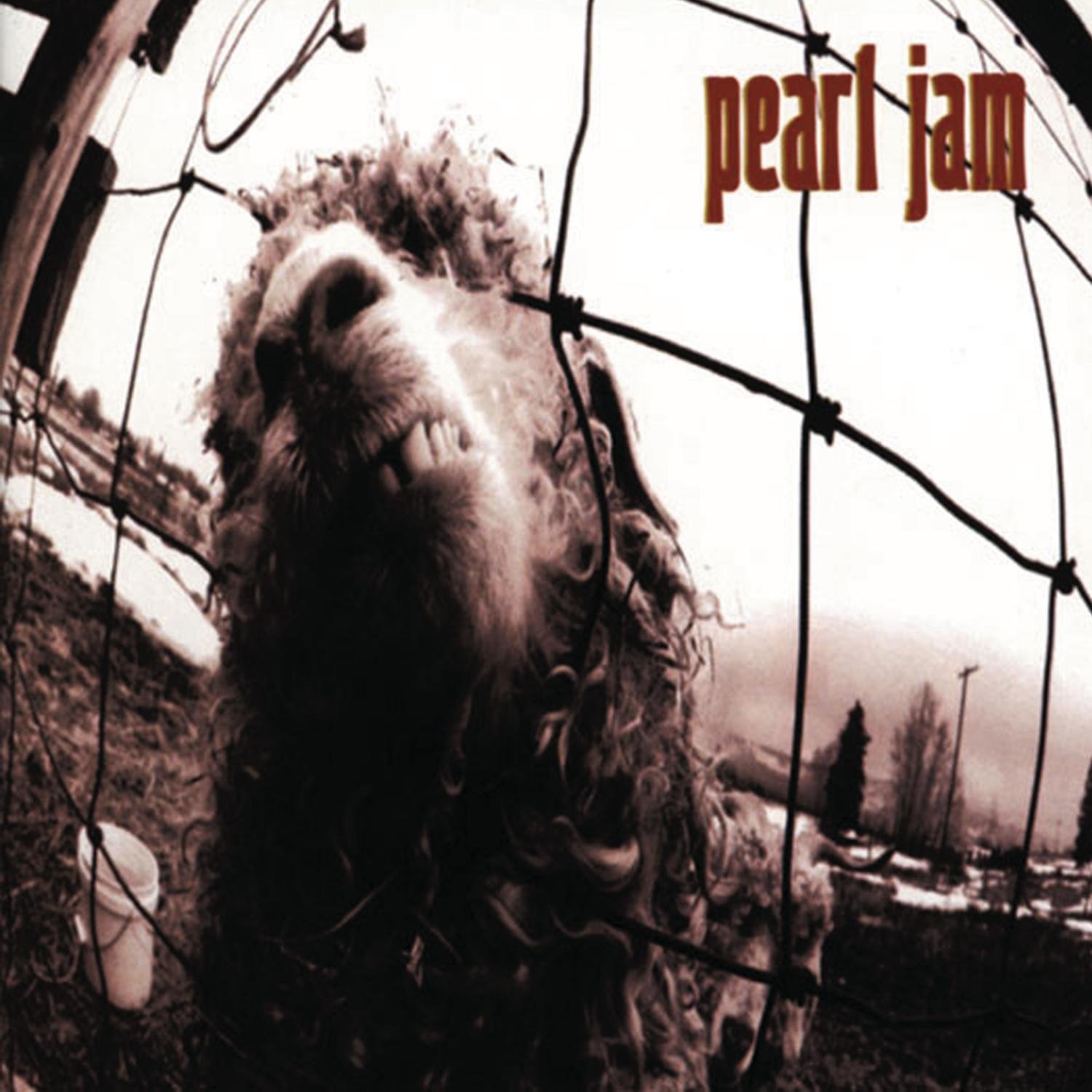
Pearl Jam’s grunge credentials were mostly superficial: the flannel, Seattle, the Singles soundtrack. And they proved it on Vs., the weirder, edgier sequel to their blockbuster debut, Ten. The band’s classic rock guitars still roar on anthems like “Dissident” and “Rearviewmirror,” but the record’s DNA lies in the experiments and detours: the creepy funk of “Rats,” the manic punk twang of “Glorified G,” the folk serenity of “Elderly Woman Behind the Counter in a Small Town.” – R.R.
17. Peter Gabriel – So (1986)
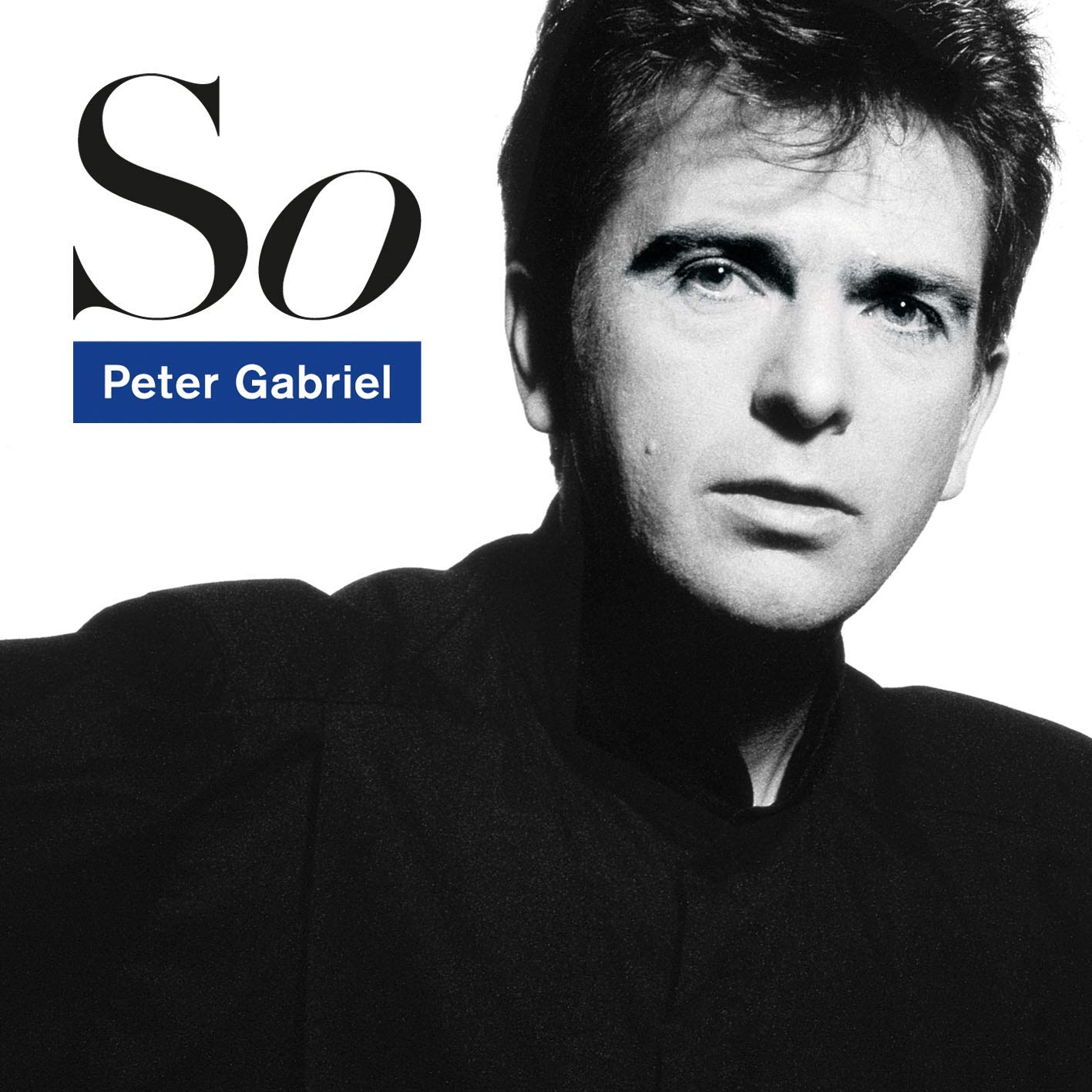
Peter Gabriel dabbled in radio-friendly fare in his pre-So days — from the fairytale-like zest of Genesis’ “I Know What I Like (In Your Wardrobe)” to the mechanical Fairlight synth rush of “Shock the Monkey.” But he leaned into a chorus-first approach on his fifth LP, embracing starry-eyed duet ballads (“Don’t Give Up,” with an angelic Kate Bush), horn-propelled Stax soul (“Sledgehammer”) and worldbeat uplift (“In Your Eyes”). – R.R.
16. N.W.A – Straight Outta Compton (1988)
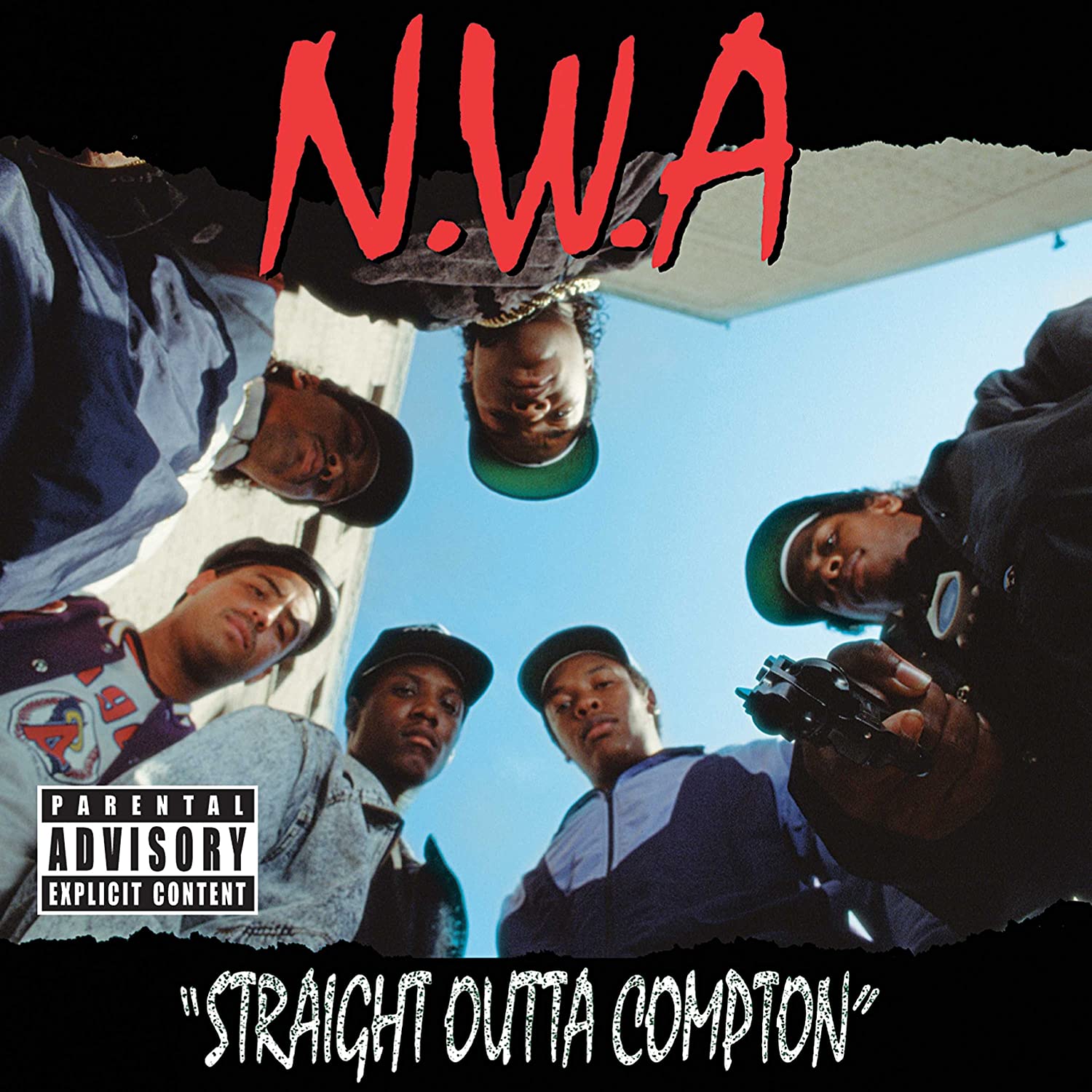
“You are now about to witness the strength of street knowledge.” The famous, often imitated warning that opens N.W.A.’s Straight Outta Compton was well-earned. The following hour of music startled a national audience, put the budding subgenre of gangsta rap on the cultural map and established a new bastion of hip-hop on America’s West Coast. Over the driving samples curated by Dr. Dre, DJ Yella, and Arabian Prince, the tracks are swarmed by the group’s three emcees: the booming Ice-Cube, the clever MC Ren and leader Eazy-E, whose gun peers down at you on the album’s cover. Their world is the streets of Compton, and every verse is another hustle, another fight picked at a party, another slew of insults and bullets, another boast to a world that had previously ignored them. It’s poetic justice that the album’s first two songs shocked the group into the public eye: The title track is a perfect series of introductions, establishing each member’s signature timbre, flow and attitude. “Fuck tha Police” turned this audacity towards the conversation of state violence, and it’s remained an anthem ever since. With Straight Outta Compton, N.W.A. set new standards for rap music and changed the genre’s geography in the process, solidifying their city’s legacy alongside their own. – Tomas Miriti Pacheco
15. Kate Bush – Hounds of Love (1985)
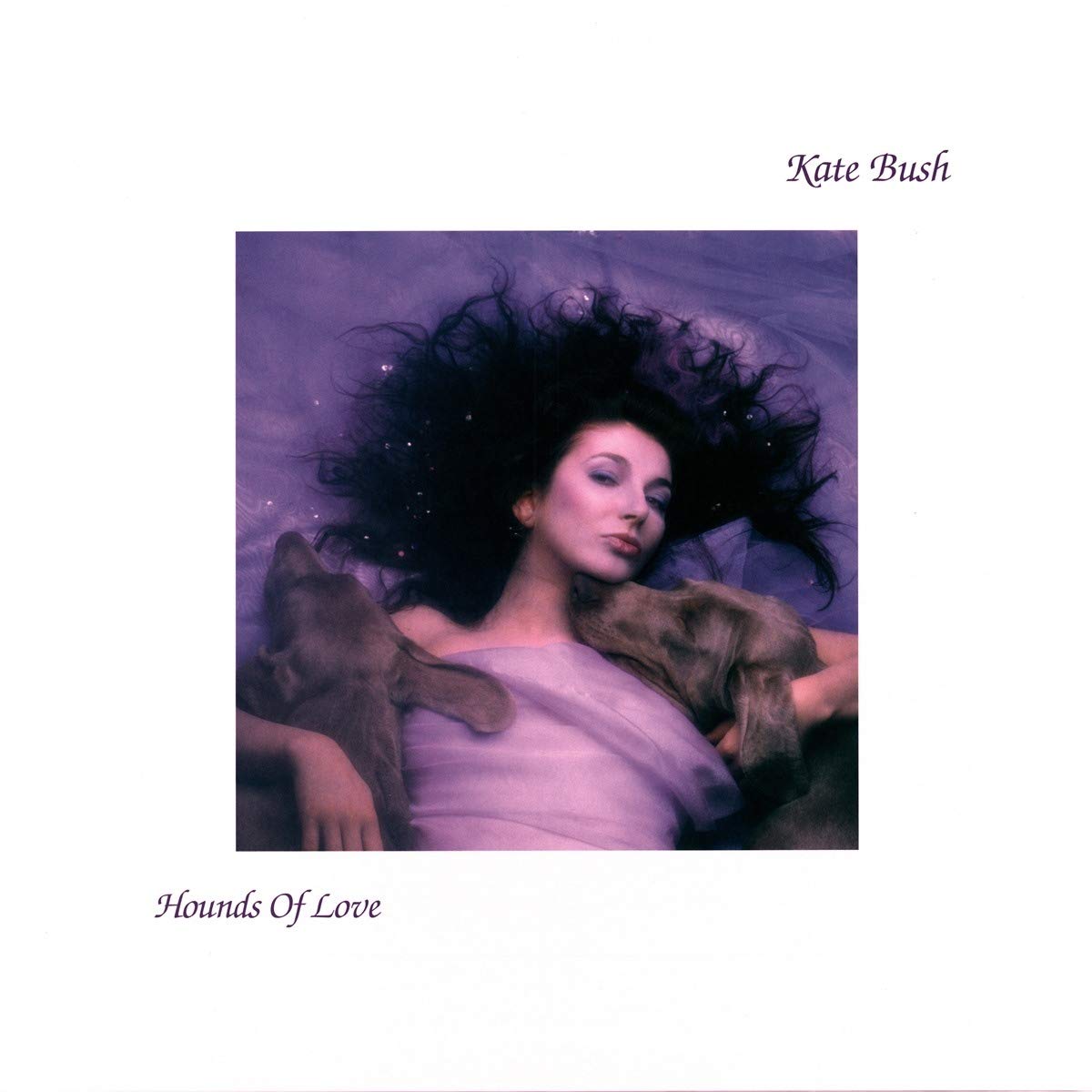
If Kate Bush’s early albums are enchanted fairy tales, Hounds of Love is a refined fantasy novel. Over seven years removed from her pirouetting breakout single “Wuthering Heights,” she blossomed here into her era’s definitive art-pop artist — flaunting sturdier melodies; more accessible, Fairlight-fueled arrangements and a voice deepened in both physical and emotional range. The record’s unconventional split structure is part of its splendor: The first half bundles all the hooks: the glassy synth climb of “Running Up That Hill (A Deal With God”), the euphoric surge of “Cloudbusting”; the second simmers into an atmospheric concept suite called The Ninth Wave. Hounds of Love perfectly illuminates both of these creative poles: the songwriter and the sorceress. – R.R.
14. Tracy Chapman – Tracy Chapman (1988)
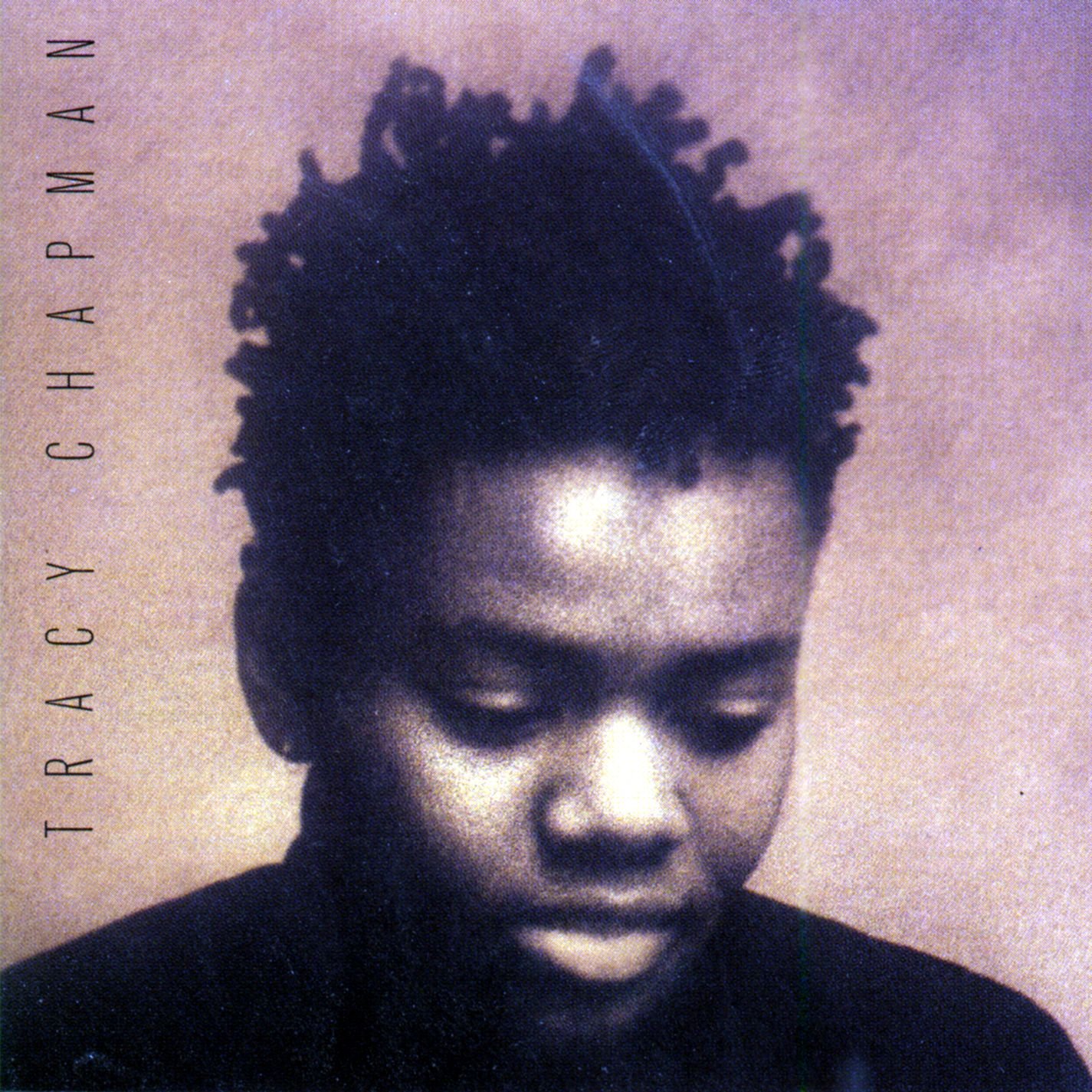
It’s not quite right to say no one had heard anything like Tracy Chapman before, when in 1988 she ignited like an exploding sun on the horizon of alternative music’s cresting and our parents’ rock music setting. In the ‘70s there had been the exquisite and punishing Joan Armatrading, another Black songstress and aching social conscience. Society wasn’t ready to permanently embrace Armatrading’s raw, penetrating lyrics and pain-communicating voice and make her a lasting superstar. But a little over 10 years later, Tracy Chapman did get universal recognition and vast commercial success — although she too, surprisingly, more or less disappeared from public view, dissolving over time into the background despite releasing albums until 2008.
Her self-titled, edgy debut album, which sold an astonishing 20 million records — astonishing for a folk album, edgy or not — produced two of the best songs of the last several decades, “Fast Car” and “Talkin’ ‘bout a Revolution.” Reviews were mostly positive although a couple took issue with the worn leftist trail of talking about a revolution. Except, 32 years later, aren’t we still? – BGJ
13. Soundgarden – Superunknown (1994)

Everything before Superunknown was a warm-up. On their fourth LP, Chris Cornell and crew built upon their ultra-heavy sound by getting darker, catchier and more psychedelic: The Grammy-adorned “Black Hole Sun” is structurally closer to McCartney than Mudhoney; “My Wave” is a mutating, detuned monster set largely in 5/4, with perhaps the gnarliest wah-wah bass sound ever recorded; and “Spoonman” is somehow the most obvious single on the album, even as it shifts through time signatures with prog-like glee and weaves in a legit spoon solo. – R.R.
12. Dr. Dre – The Chronic (1992)
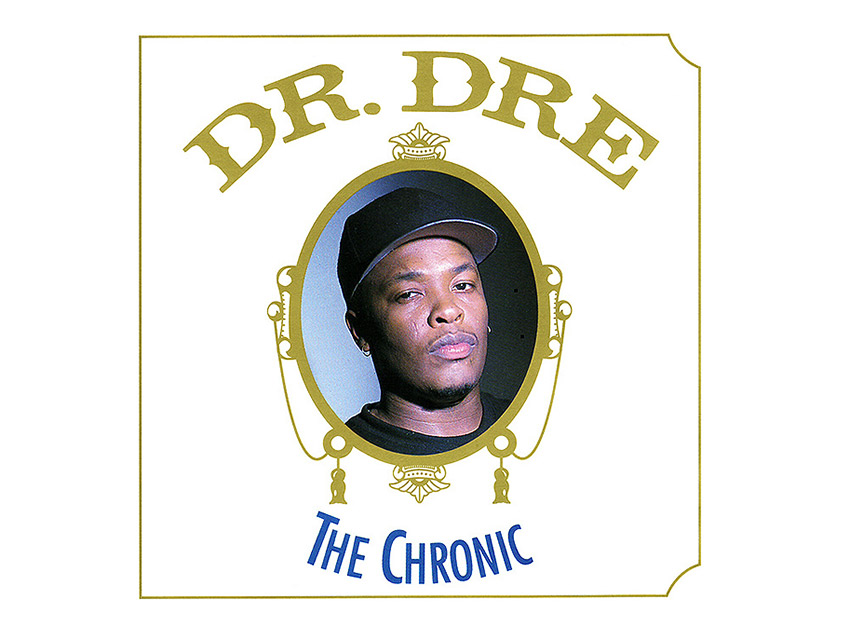
Dr. Dre changed hip-hop forever with The Chronic, his first post-N.W.A. solo project, making Death Row Records one of the most influential labels in the industry. It set a benchmark for all future rap albums — though few compare. Lead single “Nuthin’ But a ‘G’ Thang” introduced the LP’s smooth style, perfect for cruising with the top down or enjoying a piece of that “funky stuff.” The album is filled with marijuana references, making euphemisms like “chronic” part of the rap lexicon. (You know you wanted to be a contestant on the $20 Sack Pyramid.) It also introduced the world to artists like the Lady of Rage, Warren G., Nate Dogg and a little-known emcee from Long Beach named Snoop Doggy Dogg. In 2020, The Chronic was selected to be preserved at The Library Of Congress because of its “cultural, historical and aesthetic importance” — making it only the sixth rap album added to the registry. No matter how many times you listen to The Chronic, you realize you’ve still never been on another “ride like this before.” – J.S.
11. Metallica – Metallica (1991)
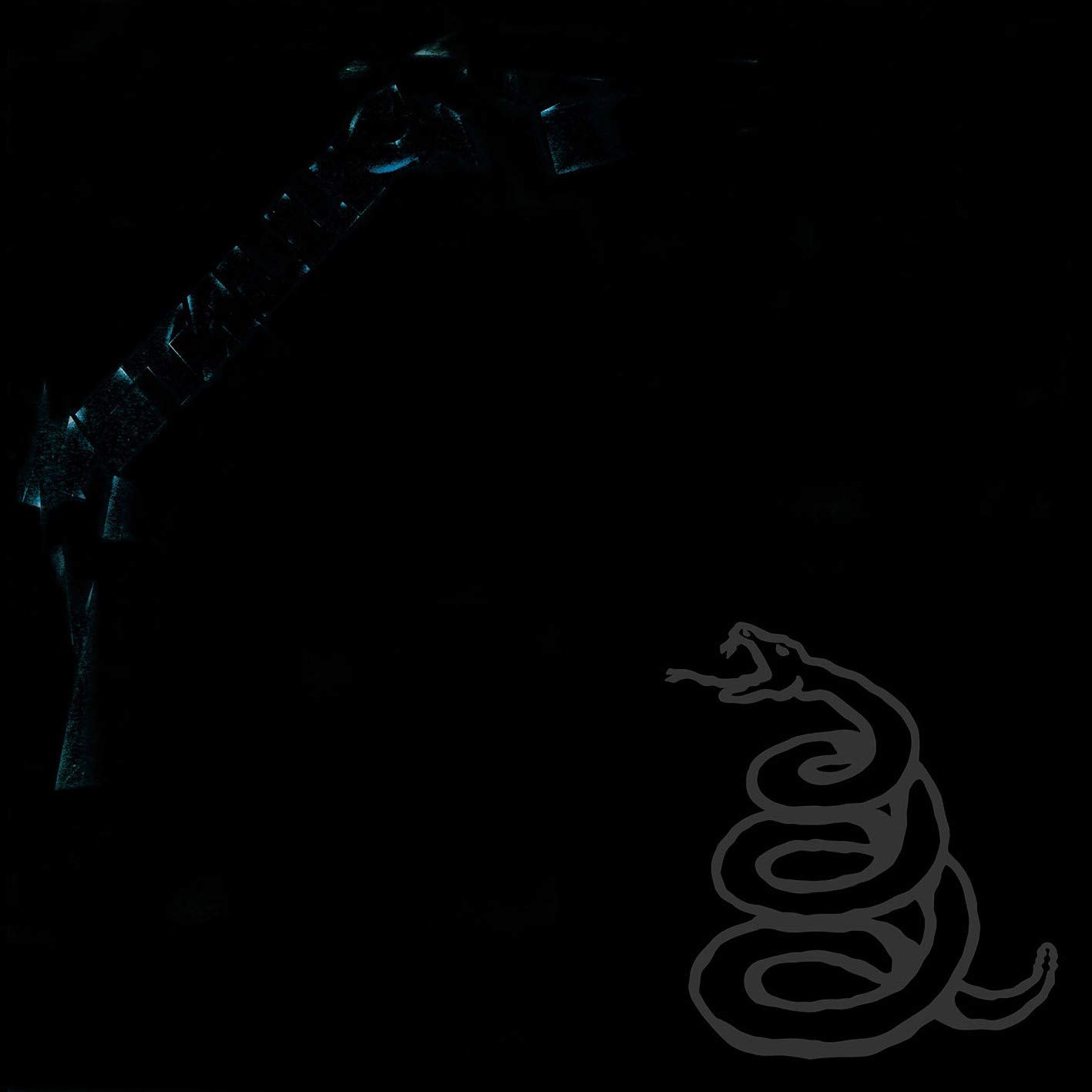
Metallica’s fourth LP, …And Justice for All, developed their formative thrash metal into a more progressive style, flaunting complex arrangements and track lengths that occasionally swelled to around the 10-minute mark. But the quartet realized they’d perfected their own progginess and wisely scaled back for their multi-platinum sequel, best known as ‘The Black Album.’ Working with producer Bob Rock, who’d recently helmed Mötley Crüe’s blockbuster Dr. Feelgood, Metallica labored through rigorous sessions and wound up with tighter, catchier songs that didn’t sacrifice a scrap of heaviness. “The Unforgiven” is the ultimate metal ballad, with James Hetfield alternating his signature growl with the sweetest vocals of his career; the similarly tender “Nothing Else Matters” wraps its clean guitars and harmonies around an unobtrusive string arrangement. And the horns-up hits — “Enter Sandman,” “Sad But True,” “Wherever I May Roam” — are forever embedded in the metal canon. – R.R.
10. Le Mystère des Voix Bulgares (1987)
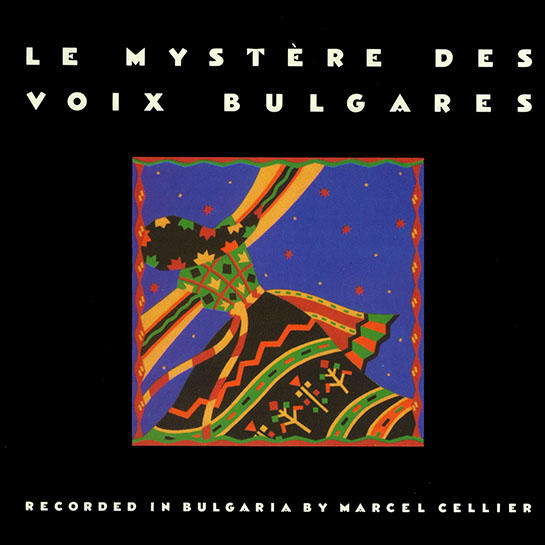
Translated as The Mystery of Bulgarian Voices, sung by the Bulgarian State Television Female Vocal Choir, this album — launched in America in 1987 by perennially interesting label Nonesuch — had actually been first released, to almost no fanfare and very little notice, in 1975 in Europe. It mutated into a cult recording, with a several-generations-removed-from-the-original cassette eventually landing in Bauhaus singer Peter Murphy’s lap. Entranced, he took them to a British label friend, Ivo Watts-Russel, who tracked down the Swiss musicologist who had first compiled the tracks, by both recording the singers himself and taking existing songs from the archives of Radio Sofia, and licensed them.
It was an unexpected sensation in America. The album is mostly acapella and the singing is exceptionally, mystifyingly accomplished. This was no novelty record. This wasn’t William Shatner sings the Rolling Stones or anything like that — musicians from Jerry Garcia and David Bowie to Linda Ronstadt and Kate Bush were besotted with it, and echoed sentiments like Graham Nash’s “every musician… should rethink everything he knows about singing.” Astonished converts insisted their friends listen to the ethereal and moving collection of 13 traditional Bulgarian folk songs somewhat jazzed up — but not too much — by the all-women TV ensemble. Each of us in turn proselytized to someone else, enchanted and insistent. – BGJ
9. Tori Amos – Little Earthquakes (1992)
It’s tough to imagine the musical world before Little Earthquakes, or before Tori Amos, for that matter. Though not her first album, and after an essential lifetime of playing professionally, it was Little Earthquakeswith its furiously stunning piano playing, a singing voice embodying all of the great goddesses of mythology, and lyrics that cut through every woman’s soul—the combination came just in time. The result is an album that some will claim have actually saved their life. The chorus for its first single “Me and a Gun”—It was me/And a gun/And a man/On my back—isn’t the stuff of the predicable Top 40 necessarily, but it’s infinitely much more important and impactful. It set the tone for Tori’s career of speaking for every woman who didn’t have a voice of her own. Though the album peaked at No. 58 on Billboard, all we have to say is—forget the charts. From its opening track “Crucify” through “Silent All These Years,” “Winter” and “China,” Tori launched a musical crusade to speak for the Everywoman. And with Little Earthquakes she was just getting started. – Liza Lentini
8. Madonna – Like a Prayer (1989)
Stop what you’re doing right now and give thanks and praise to Madonna. Yeah, yeah, you might think her cross-dressing, crotch-grabbing, pointy-bra act is old hat now, but her willingness — and perhaps, desire — to shock and get banned is what made us want more. Importantly, for the landscape of women in music, she lit a blowtorch and poured taboo-based gasoline on restrictions for women in music. And she lit that baby up. Just mere months after ultra-conservative Ronald Reagan passed the Presidential Republican torch to George H. W. Bush, Madonna released her fourth album, Like a Prayer. Its first single, the title track, continued her long-standing blond ambition of pissing off the Catholic Church, its video banned by just about everyone with the short-standing power to do so. Follow-up single “Express Yourself” became an eternal anthem for women everywhere. The sweet sound of “Cherish” came after that, proving that if there’s one thing you can count on with Madonna, it’s unpredictability. Like a Prayer hit No. 1 in most countries, including the U.S. It was dedicated to Madonna’s mother, who passed when Madonna was a little girl. – L.L.
7. U2 – The Joshua Tree (1987)
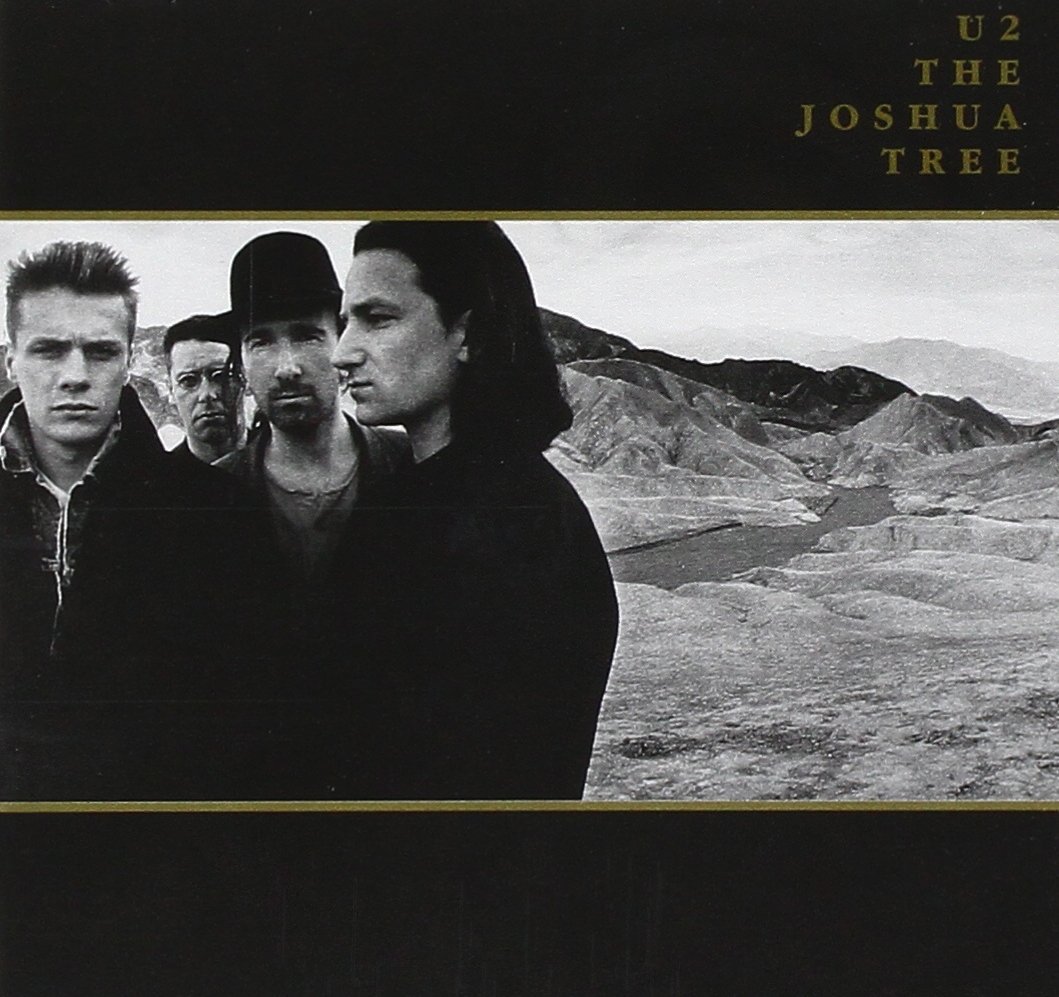
By 1987, U2 had already stampeded into the U.S., evolved from the wide-eyed post-punks of Boy to the political rebels of War and become rock radio mainstays with “Pride (In the Name of Love).” But they had an even bigger, grander vision with The Joshua Tree: Fascinated with the concept of America (in particular the concept versus reality, hence the album’s working title The Two Americas), Bono, The Edge, Adam Clayton and Larry Mullen, Jr. teamed with producers Brian Eno and Daniel Lanois to capture a cinematic snapshot the country. Writing staples like “Where the Streets Have No Name,” the gospel-tinged “I Still Haven’t Found What I’m Looking For” and “With or Without You,” U2 weren’t just setting out to conquer America, but also the world. Impressively, Bono managed to tackle a mining strike, heroin, Central American conflict and biblical references in one project. And he did so on a career-defining album that remains one of the best in rock history. – Daniel Kohn
6. Nirvana – Nevermind (1991)
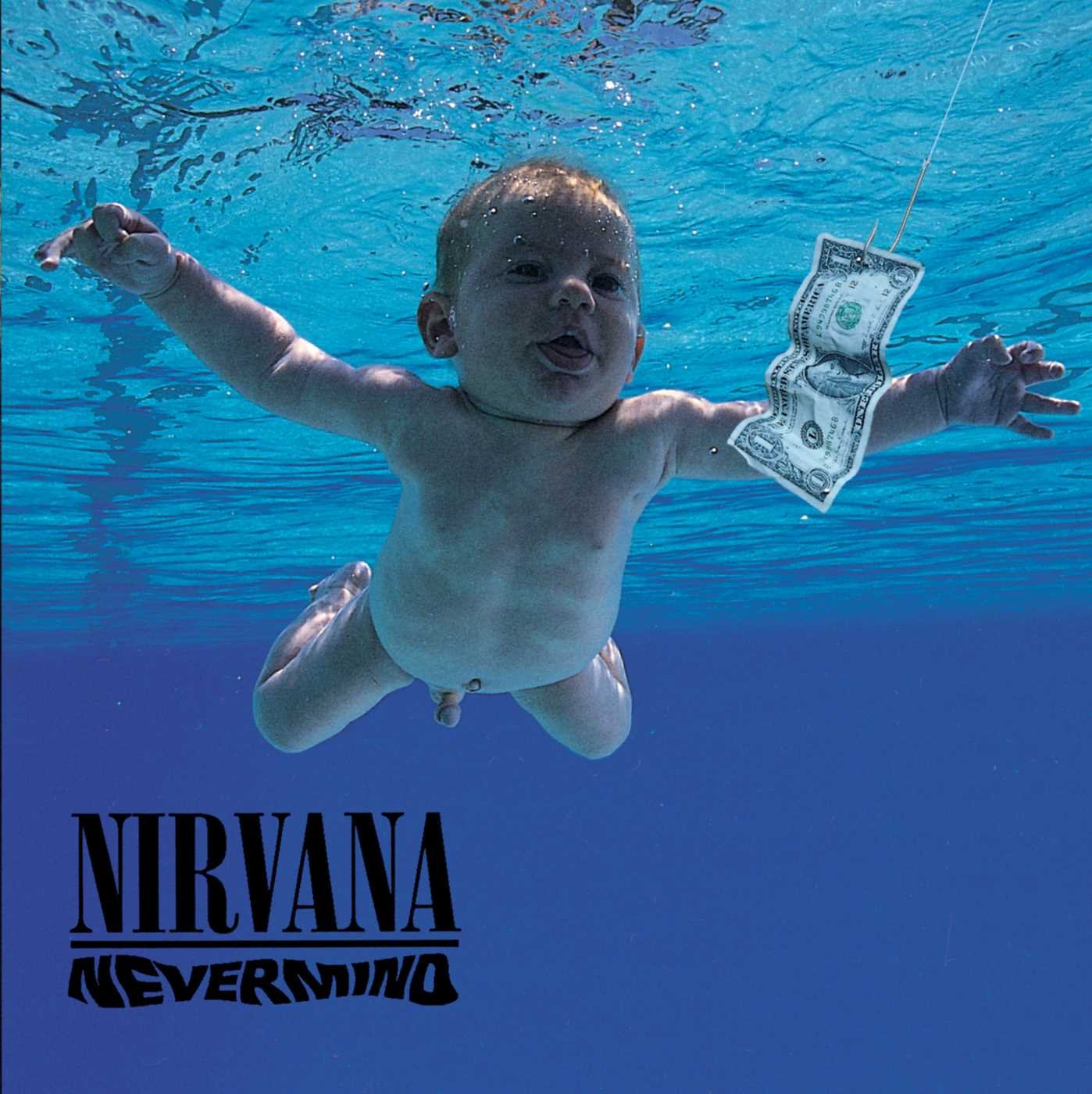
As grunge emerged in the Pacific Northwest, one momentous album brought it to the world. Nirvana became a regional favorite with 1989’s Bleach, touring on the strength of that cunning LP. But when Kurt Cobain and Krist Novoselic joined forces with their fifth drummer, Dave Grohl, that potential bloomed into a pinnacle of music history. Hunkering down at Sound City with producer Butch Vig, the trio recorded 1991’s Nevermind, one of the most vital works of the past 30 years. Balancing fury and sensitivity, vulnerability and disenchantment, the trio jump from the distorted anarchy of “Smells Like Teen Spirit” to the dreamy desolation of “Something in the Way.” They tackle heavy themes: religion and suicide (“Lithium”), disgust with rape culture (“Polly”). But despite its darkness, Nevermind is deeply melodic — few, if any, have made feeling bad sound so good. – D.K.
5. Public Enemy – It Takes a Nation of Millions to Hold Us Back (1988)
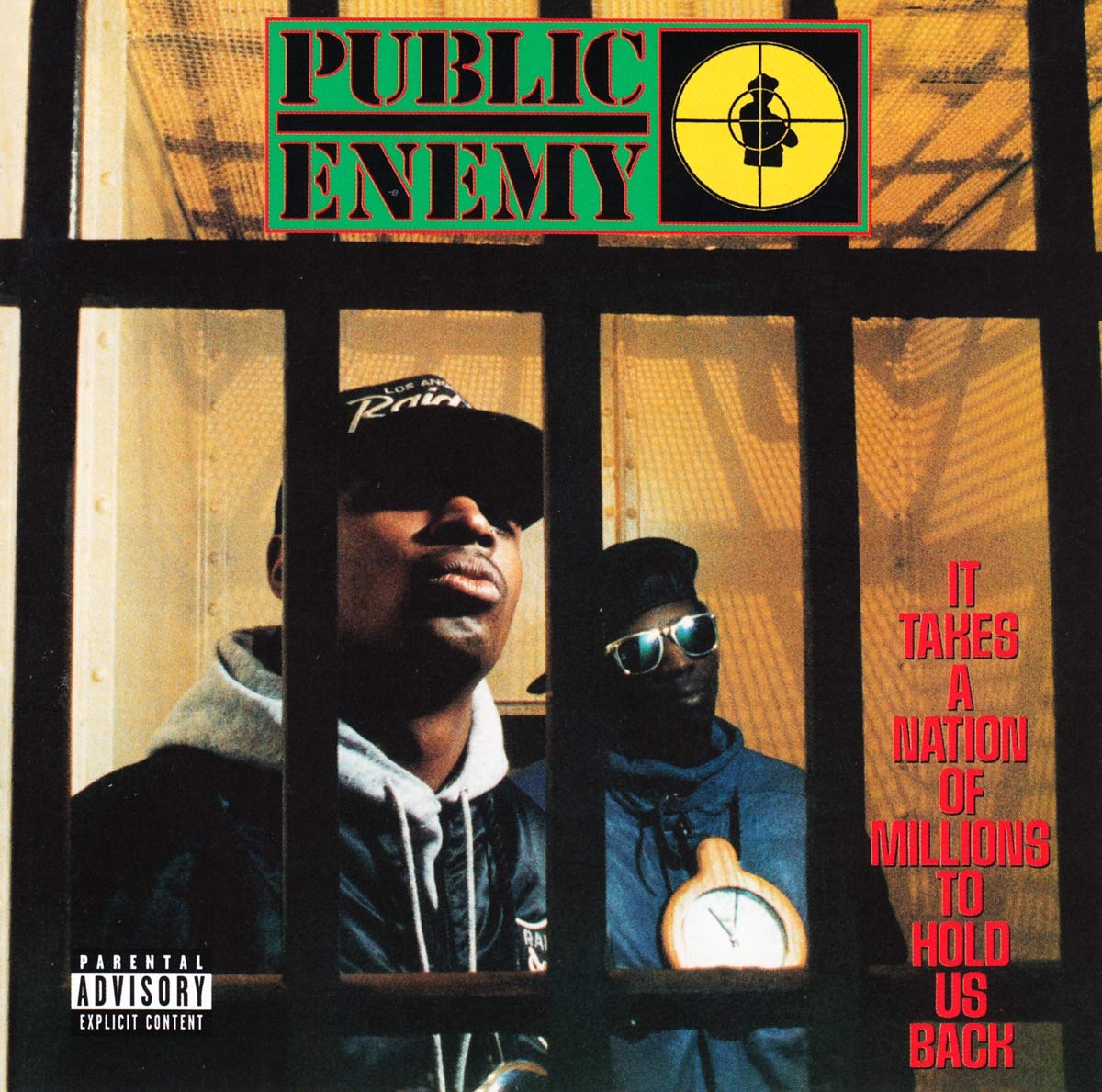
Public Enemy were at their most explosive on It Takes A Nation Of Millions To Hold Us Back. The combo of Chuck D’s thundering poetics and Flava Flav’s unchecked adlibs over DJ Terminator X’s wild scratching lifts you into a new state of mind. This is their mission after all: Songs like “Bring the Noise” and “Rebel Without a Pause” open with the voices of Malcolm X and Jesse Jackson, before the sampling cuts out and another wave of blaring, horn-backed lessons crashes in. “Night of the Living Baseheads” is a masterclass of metaphor, and “Channel Zero” makes a brain-rotting conspiracy out of network television. Through all these truth-bombs, It Takes A Nation finds its greatest strength in its own self-awareness: As a sophomore album, it saw the potential in the group’s debut, Yo! Bum Rush The Show and knew the only thing to do was turn up the volume. – T.M.P.
4. Sinead O’Connor – The Lion and the Cobra (1987)
This album, as the cliche invariably goes, came out of nowhere — at least in America no one had ever heard of Sinead O’Connor before this unique, first record filtered into our consciousness. It was certainly not on trend — it wasn’t rock, and it wasn’t “alternative.” It was sort of Irish folk-pop, made by Irish musicians, sonically mining their Celtic heritage, led by an Irish singer the likes of which no one had ever heard before, and no one has equaled since. Sinead’s voice was incredibly powerful and had the range of a ballistic missile. The emotionality in her singing was literally breathtaking — you didn’t breathe listening to some of her lines, as if your breath would interfere with her delivery. “Troy,” her first single from the album, rises and falls like the arc of a Greek tragedy, and the way she sings the lines “There is no other Troy /For you to burnnn” swooshes into your chest and mind and stays there.
Every track on the record is astounding, but “Troy,” an anguished song about her mother, is one of the most beautiful and saddening ever written. From any era. “Drink Before the War” is captivating and seductive. “Mandinka,” her second single, and “I Want Your (Hands on Me)” are famous as a hit (the former), and, the latter, as a track in the movie Nightmare on Elm Street 4. “Jackie,” the first cut on the album, is a haunting love song of unrelenting loss (I presume, unless she really did know someone who sailed the seas for a hundred years); it alone could have made Sinead a star. In the era of MTV and mass radio station programming, there wasn’t one iota of commercial consideration in the making of this record. It was just pure, sincere, magnificent music — and for all the troubles Sinead has endured in her life and career since, nothing can take that away. – BGJ
3. Smashing Pumpkins – Siamese Dream (1993)
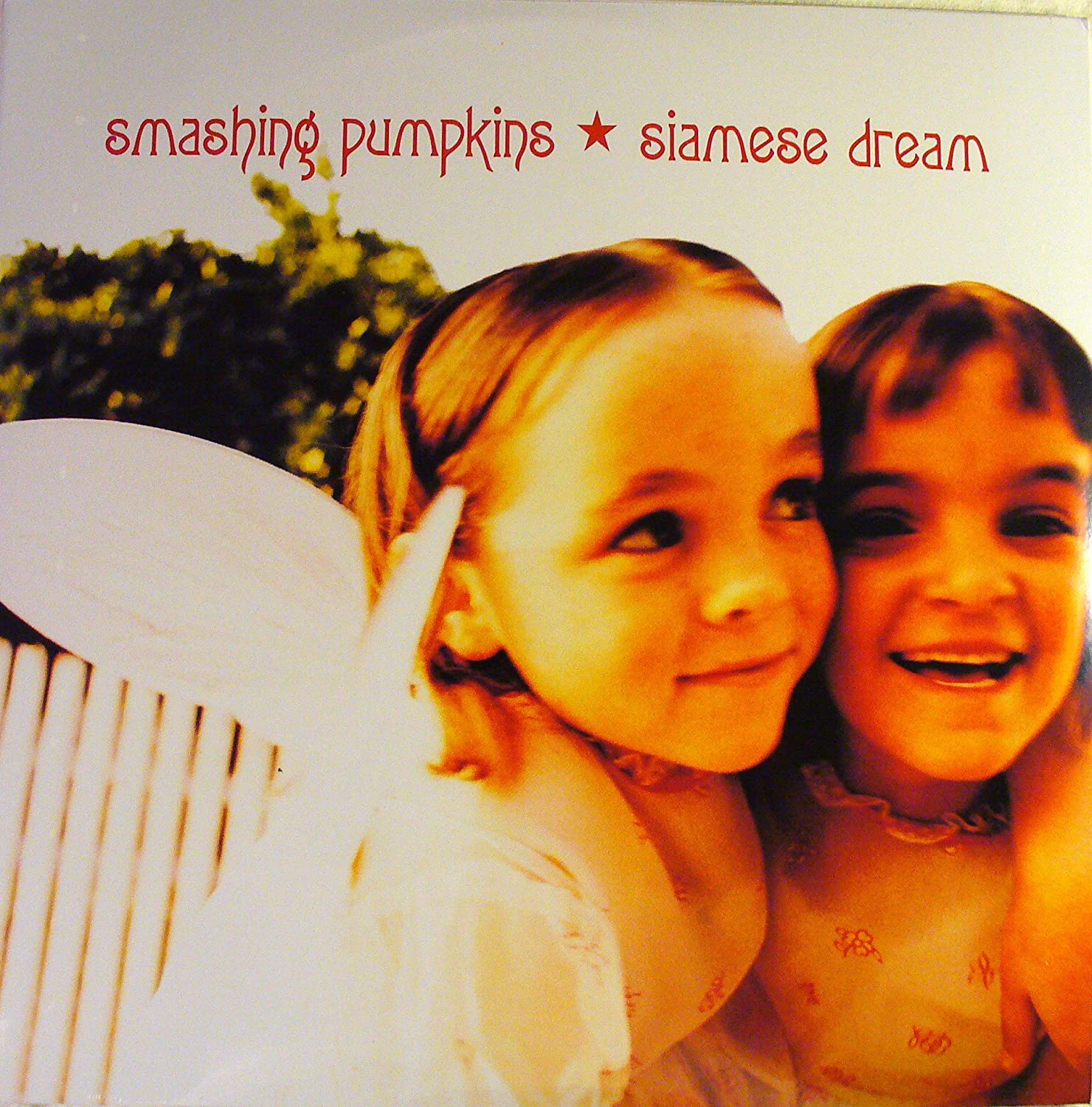
After the death of Rush drummer-lyricist Neil Peart, Billy Corgan wrote on Instagram, “His influence on the Smashing Pumpkins is inedible: giving us wings to soar with and a road map to ultimately find our own way.” For whatever reason — maybe Corgan’s abrasive vocal style, maybe the distortion — people have never really recognized that influence. But Siamese Dream is the greatest prog-rock album of its generation: meticulously layered, full of dramatic shifts in tone and texture, flaunting chops as fitting for a conservatory as an alt-rock club. Jimmy Chamberlin’s jazz flair and finesse propels the heaviest and spaciest sections alike (both encapsulated on the epic “Geek U.S.A.”), and Corgan could flip effortlessly between guitar hero and hook-writer (“Mayonnaise,” “Today”) — usually in the same song. – R.R.
2. Prince – Sign o’ the Times (1987)
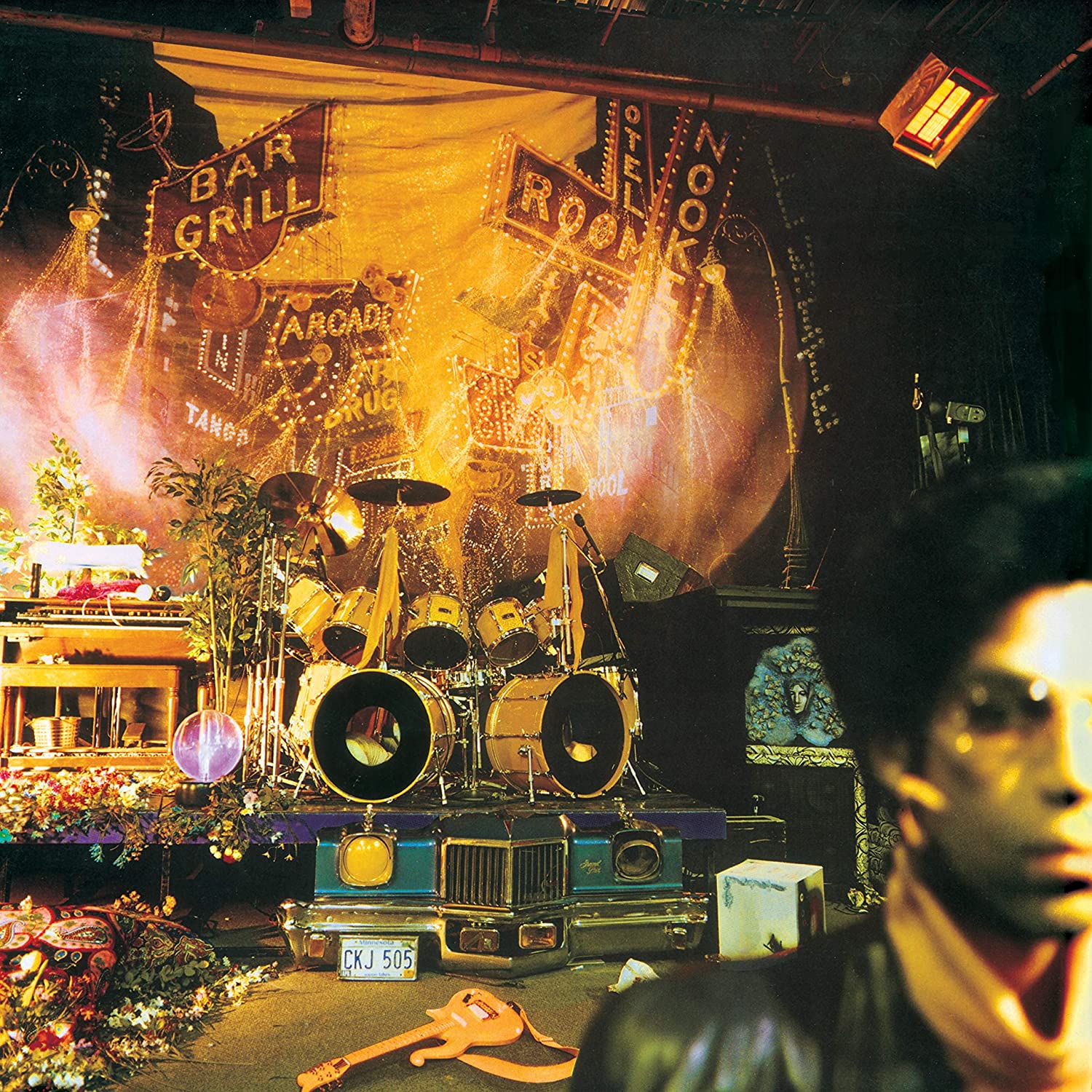
Sign o’ the Times opens with its unnerving title track, an incriminating list of social ills — drug addiction, the AIDS epidemic, the Challenger explosion — that Prince pulls from the world around him. Sharply relevant upon its 1987 release, Prince’s heartfelt cries of “oh, why?” echo just as loud through the great uncertainty of 2020. However, the album was not only a testament to a moment in history, but also a phenomenon in and of itself. Prince’s original vision for the project was massive: a triple-album that Warner BroS. forced him to reduce to 16 tracks — an omen of a rift soon to form. Despite the drama, Sign o’ the Times was an astounding feat: Leaping between pop and rock, between funky grooves and high-flying soul, he crafted classics like “Adore” and “The Ballad of Dorothy Parker.” Even the album’s remastered reissue is revelatory, filled with previously unheard songs from his Vault — allowing us to peer further into Prince’s original concept, and then outward, with lessons for a turbulent world. – T.M.P.
1. Radiohead – OK Computer (1997)
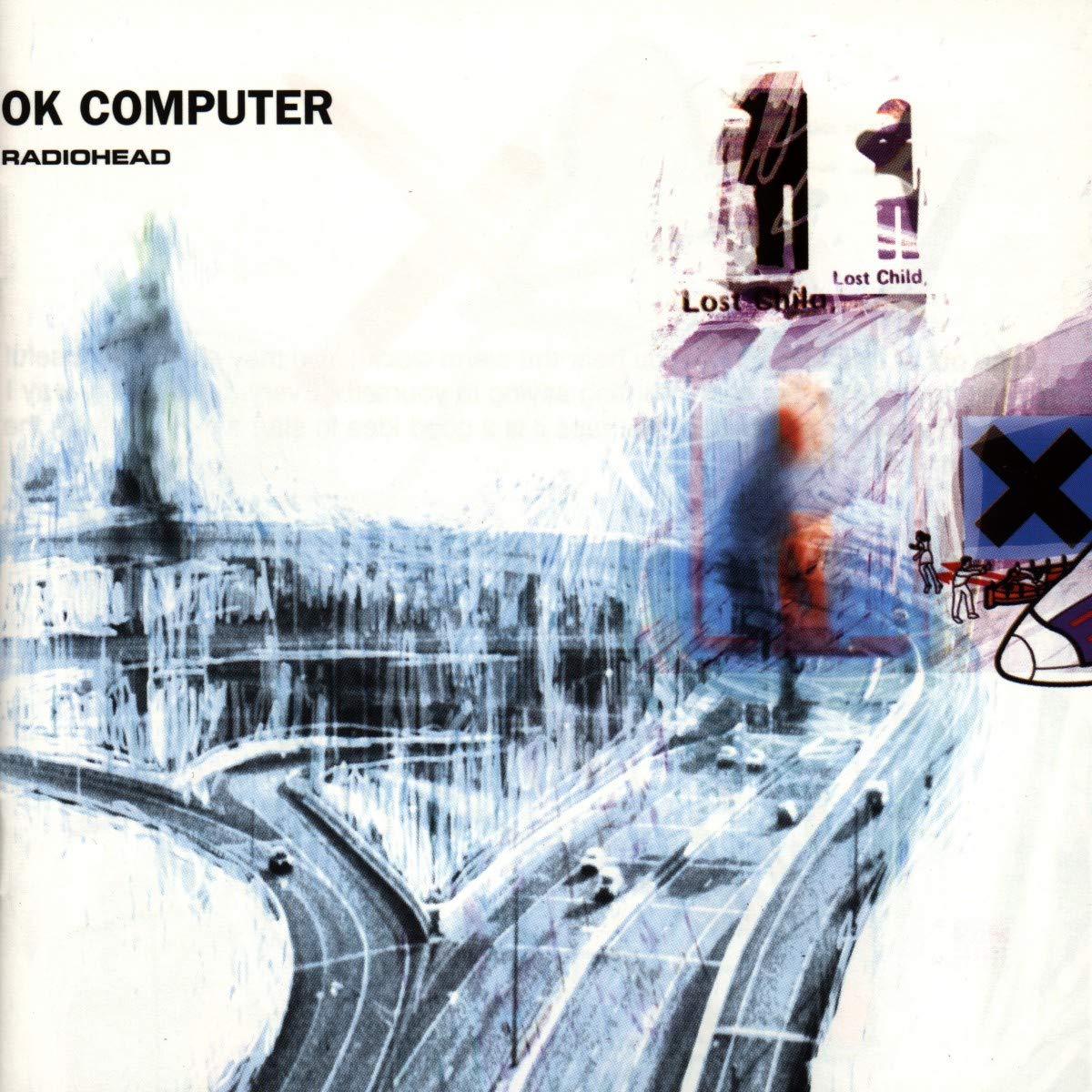
Kid A is the most innovative Radiohead album, their most startling technical achievement. But Thom Yorke’s songwriting reaches an impossible-to-duplicate pinnacle on OK Computer, blooming far beyond the triple-guitar alt-rock of The Bends. The frontman’s angst and paranoia form a thematic glue, a perfect companion for the unnerving soundscapes of “Climbing Up the Walls,” frazzled ballad beauty of “Karma Police” and volatile art-rock suite “Paranoid Android.” But through the darkness and complexity, these are also Radiohead’s most melodically satisfying songs: “Let Down” is a legitimate tear-jerker, climaxing with a tangle of clean electric guitars and one of the most perfect falsettos ever recorded. The twinkling “No Surprises” is like the Beach Boys’ “Wouldn’t It Be Nice” after a psychedelic sedative. OK Computer inspired dozens of copycats — some bands based their entire careers on single choruses. None of them even flirted with this level of majesty. – R.R.

